Frankly, when we arrived in Nuku-Hiva I was quite relieved. We had read a book that took place on the island. It was written quite a few years ago, when there were still cannibals prowling about. The place that they write about in the book actually exists. The writer had spent some of his years on the island and used an actual real location instead of inventing a whole new spot on the island. That was pretty cool. The book was sort of boring sometimes, since it was rather old and not the sort of gripping tale we’re used to today. But because we were actually heading for the island at the time it made it more real and interesting.
So when we arrived at the island, it was just after a 27 day crossing, right? I was relieved to see land again, but I was happy with just that. I didn’t go ashore with the first shore party. I like traveling, but I don’t really like going into the unknown. After I’ve been there once, it’s ok. It’s different when visiting friends and you’re curious as to what their natural habitat (their house) actually looks like. But when you know you’ll have to acclimatize to new shops and cultures and stuff…
I did go to shore eventually. They enticed me with Wi-Fi. But that’s not important or interesting, so I’ll skip to the juice.
We attended some sort of dance carnival thing the second night there, I think… Some boat friends, who had already been in Nuku-Hiva for a while, joined us.
The thing was supposed to start at eight, so we arrived an hour early because we wanted good seats and also to eat there. We got a reasonably good table and ordered our food. (Fun fact, the percentage of tomato growth on the island was low for our stay there. The restaurants, which only opened for this time of year, got first pick at the market, and they scavenged all the tomatoes there were. So if you wanted some tomato you’d have to order it.) Our food arrived and the portions were huge! Luckily we had decided to share instead of each getting our own. The other kids, all smaller than us, each got their own and had to take doggy bags.
It’s important to note that Nuku-Hiva is French territory. So their food is nothing to sneeze at. So at the other French islands we’ve been to, it’s usually smaller portions of great quality rather than big portions of quantity. Here it was both Quantity and Quality. When I look at the Polynesians I’m not really surprised. There are fat ones among them, but few of them are obese. They’re just built bigger. Look at Maui from Moana. If he doesn’t look typical Polynesian I don’t know who does, without the moving tattoos and Giant fishhook though… they don’t all have those.
So we waited for the thing to start. We weren’t very sure what it actually was because of course they all spoke either French or Marquesan, only a little bit of English. All we knew was that it was supposed to be cultural.
It turned out to be some sort of fashion show. There were four models, three female and one male.
The first few outfits were made out of plants and stuff, I guess to be a sort of memory to their ancestors who were… uncivilized.
Then it went and progressed on and on to more modern stuff. It was rather interesting to watch, between every ‘level’ they’d have a short interlude where something else would happen.
A few times it was a little play acted out by the guy who announced the stuff and some other two guys who used a broomstick as a pretend gun to shoot the woman in blue who was pretending to be some kind of bird. The narrator guy was a… game official kind of person and I think they were disputing if the guy who shot the bird was allowed to keep her since it landed on his neighbours’ land or something. I’m not sure. Maybe it was plain Tapu (forbidden) to shoot the beautiful bird. I don’t know. It was quite interesting to watch though. The skit was in French for the few other tourists who were typically from France since Nuku-Hiva is French territory and all… But we still didn’t understand much.
Once the interlude filler was a Polynesian dance that was what we thought we’d be coming to see all along. It was pretty and cool.
However it had a transgender guy dancing in the middle of it… It was a little disturbing to watch. There’s quite a lot of it going on, on the islands. It’s sad, the funny thing we noticed however was that when dancing, he just couldn’t manage to look as elegant and flowing as the women around him did. His movements were more solid and stiff. It’s amusing, sometimes, the differences God has designed between genders. Little things like that…
The next weekend we were still there, and they had another cultural thing. The guy at the Marina shop (he was formerly American or something so his English was good) told us that it was going to be more dance this time. So we went.
The performance proved to be more centred on dance than the previous time. There were a lot more people, but still very few tourists. We got the feeling tourists were more of an extra than the income. Nothing was done specifically for us; they were doing it for themselves, not to impress the odd tourist. It was a very refreshing feeling after the Galapagos, where the main thing is Tourists. The ‘How can I impress the tourist’ mindset just wasn’t there.
It was impressive dancing. The guys’ dance moves are strong and solid, completely different from the women who flow and sway. The guys’ dances are aggressive, with loud calling and unisons of ‘huh!’ sounds. I’m very sure that most of the people reading this blog will have seen a Haka performed by the New Zealand All Blacks – well, there you have a little glimpse into what the Polynesian war dances look like. That’s exactly what a Haka is, it’s a war dance.
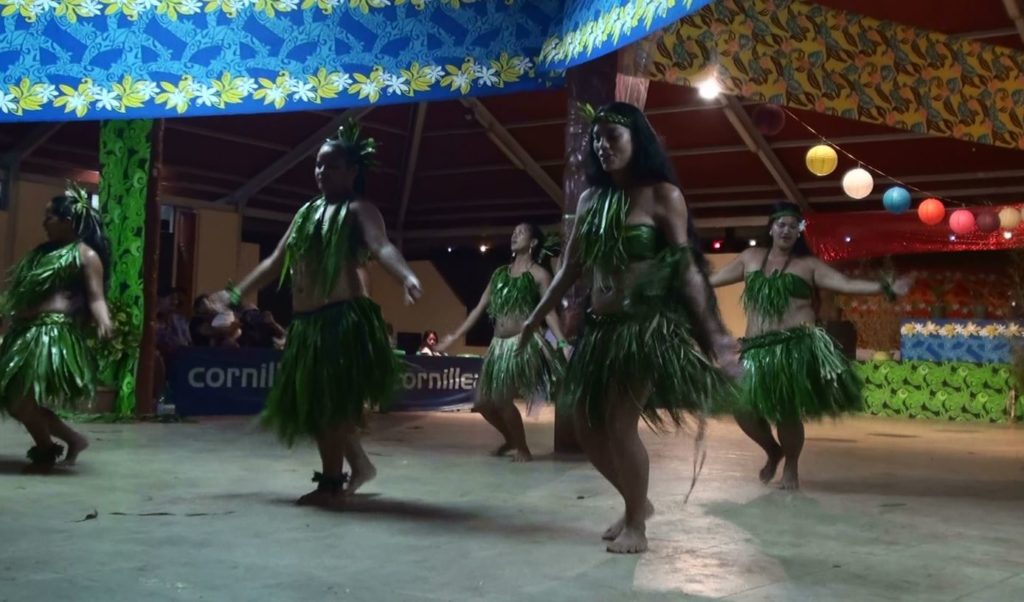
The woman were a lot more graceful – you can’t see it in the photo, but their hips are swaying like crazy!
I think that’s all I got to say about the dances. So there you have it, a completely uninformative blog as to how they actually dance, but more of a rough image that tells you that they do indeed dance.
I think the dancing was one of the coolest stuff about their culture… Ok, maybe not. There is always the awesome tattoos and all the other stuff, but I won’t go into that.

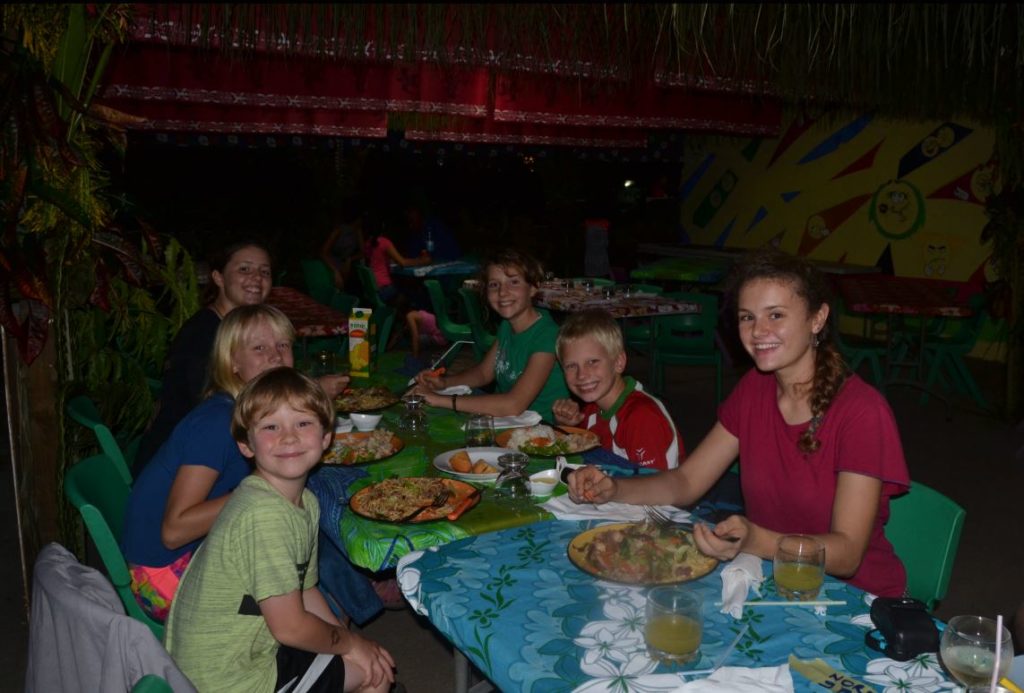

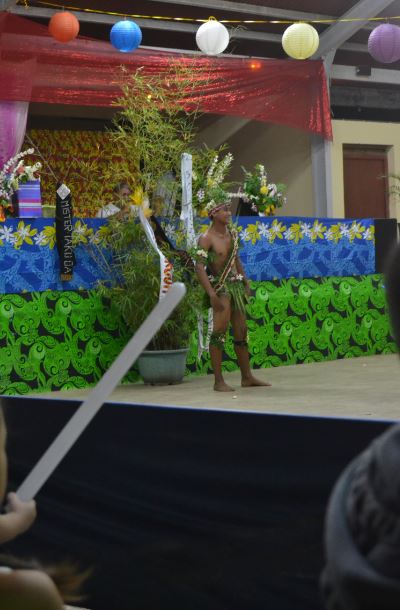

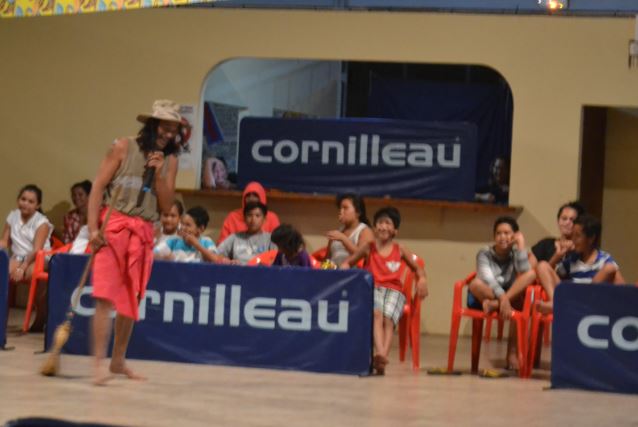
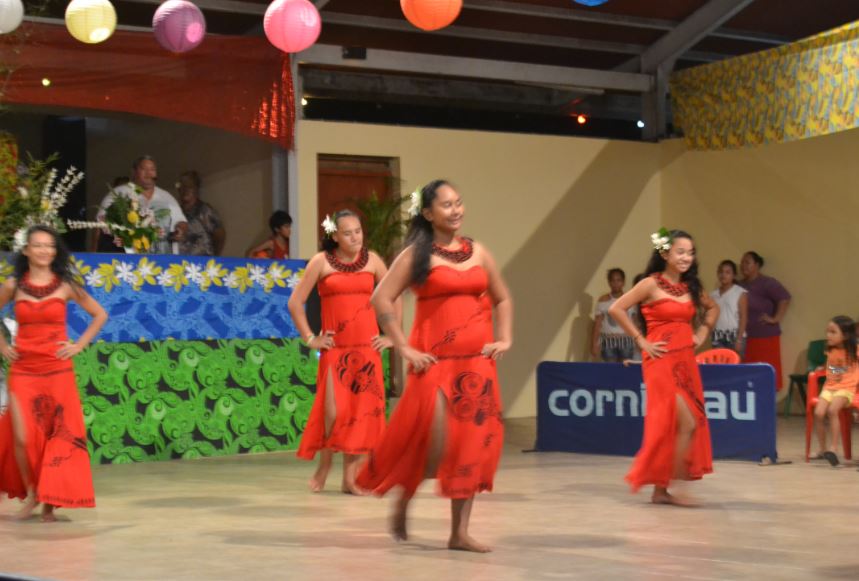
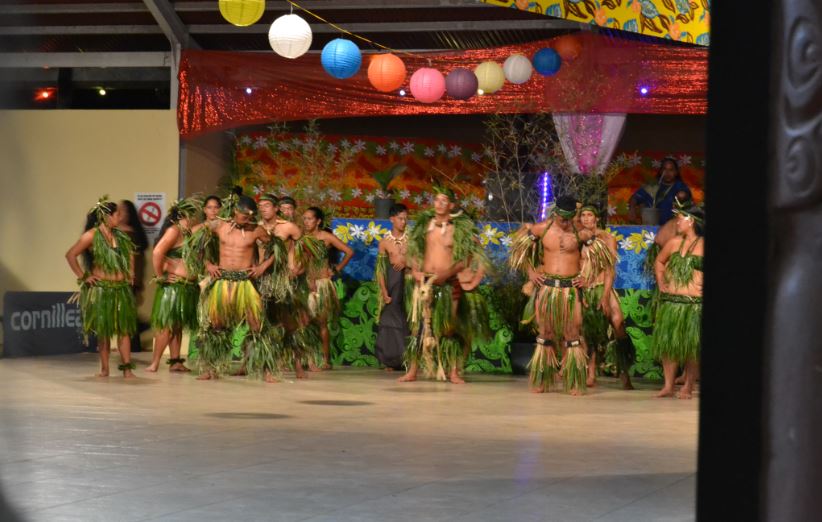
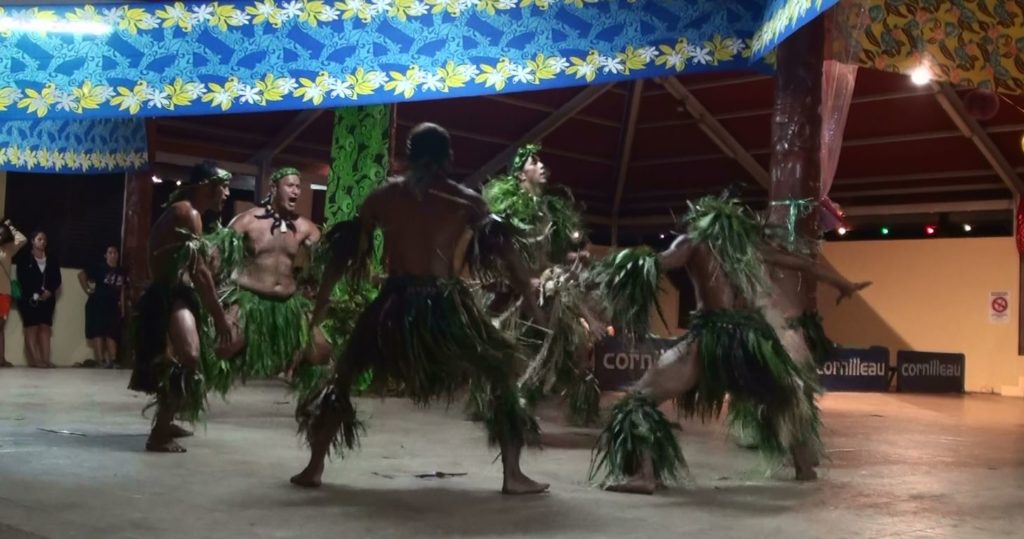
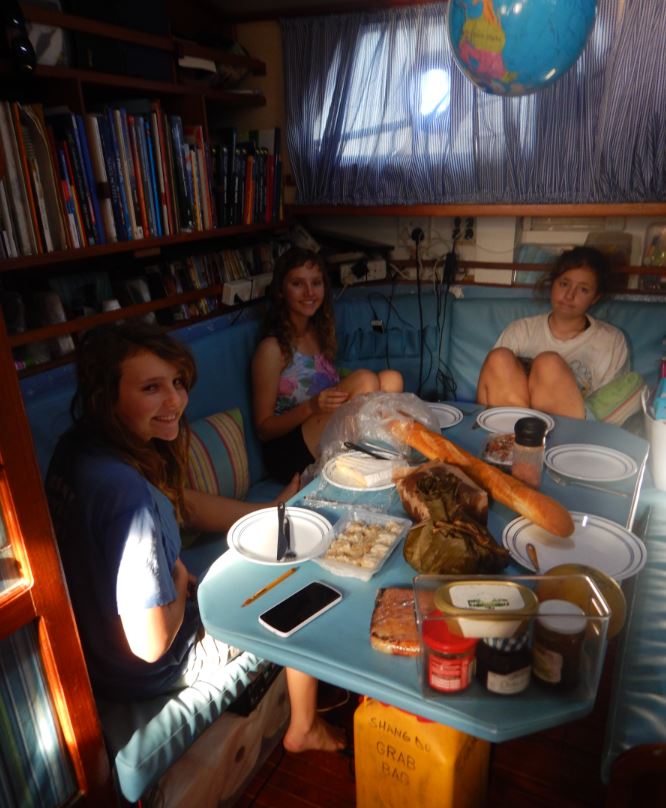
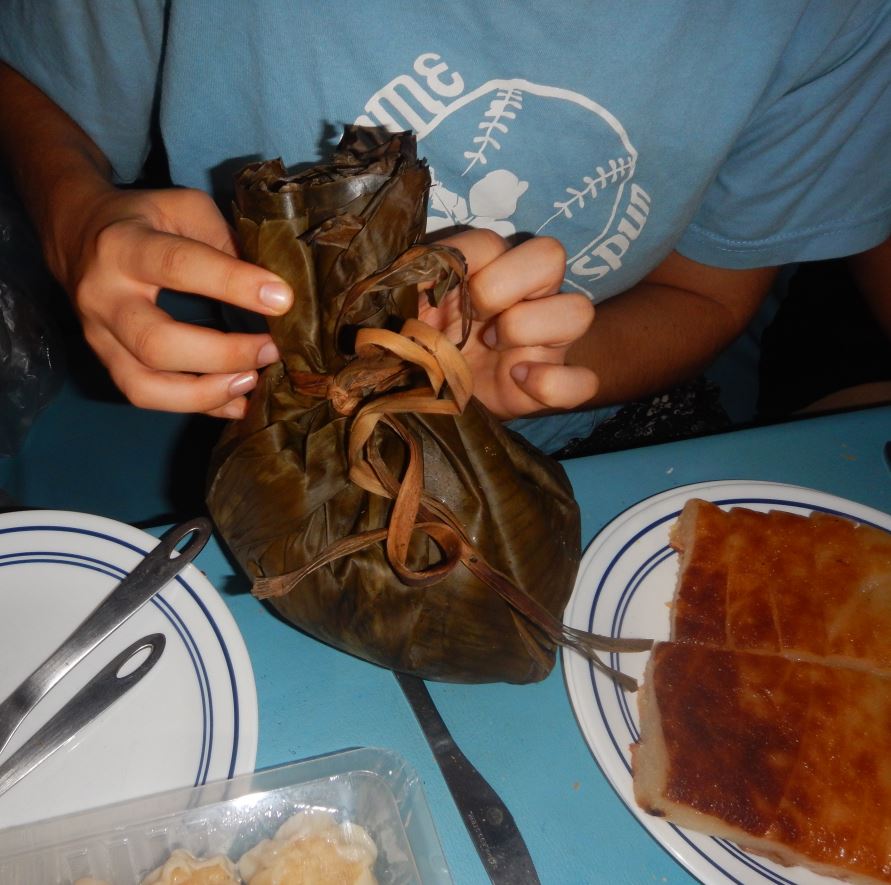
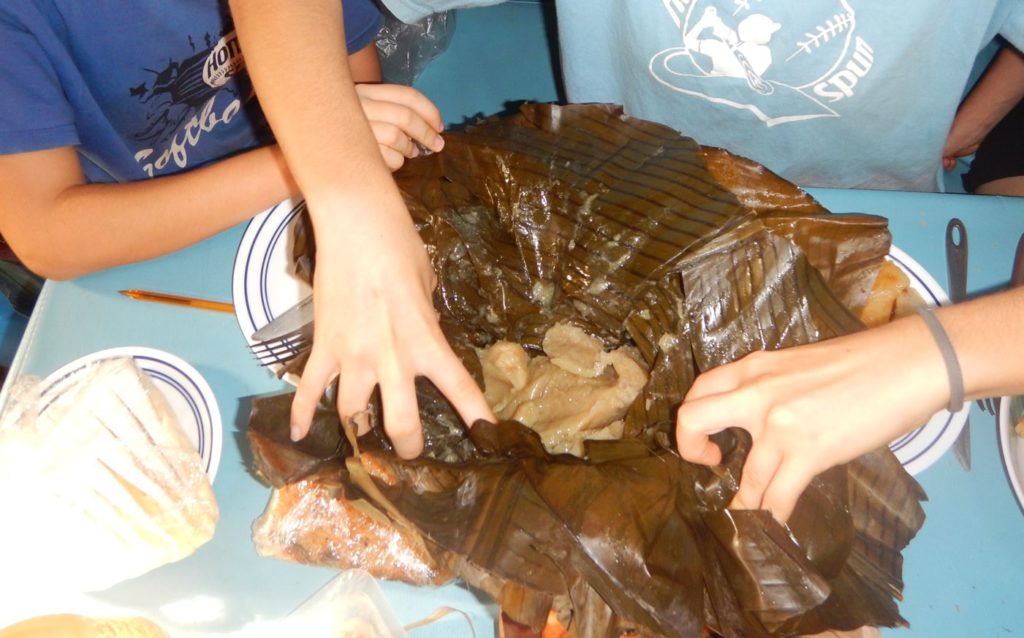
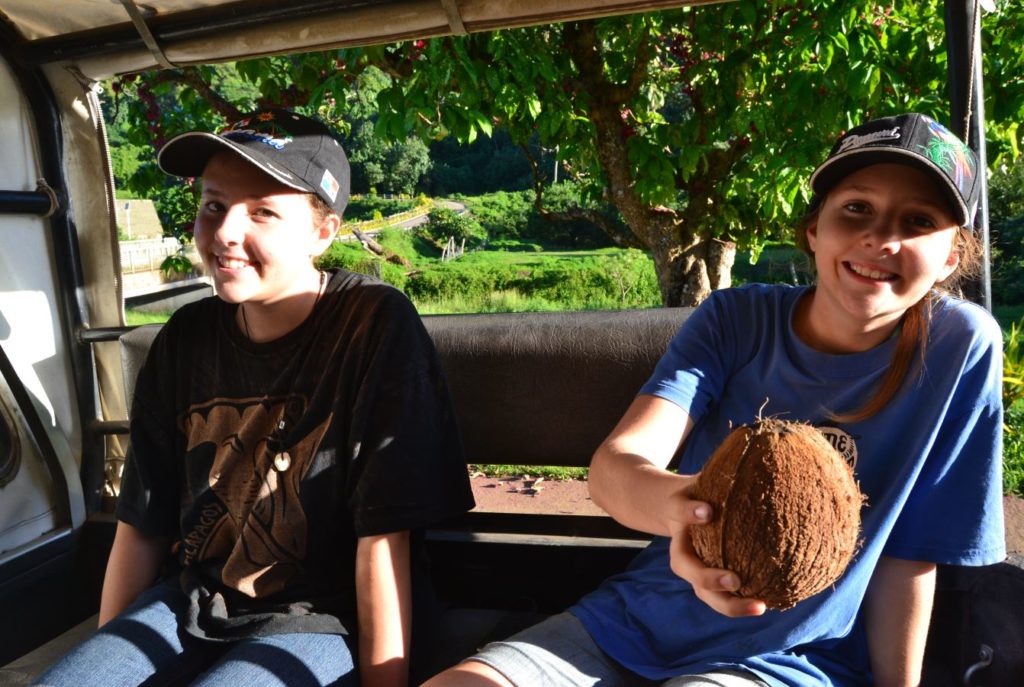
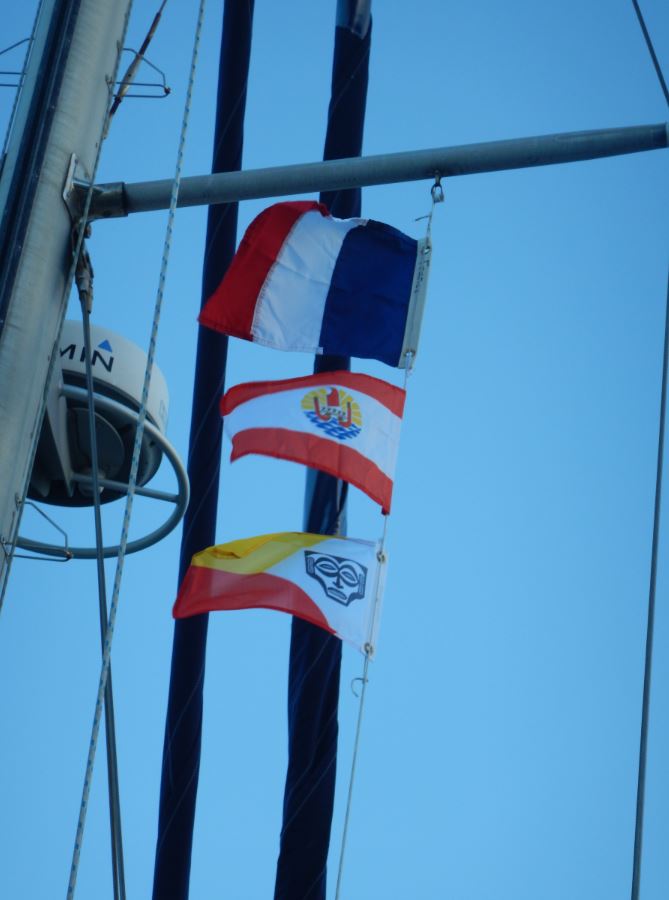
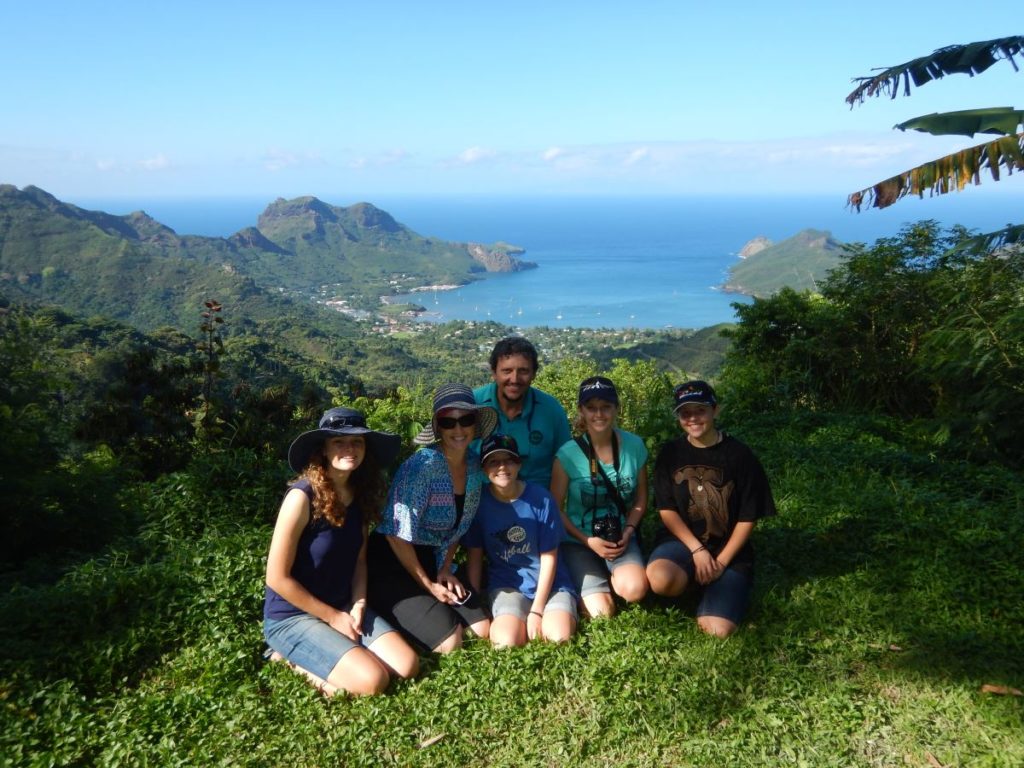
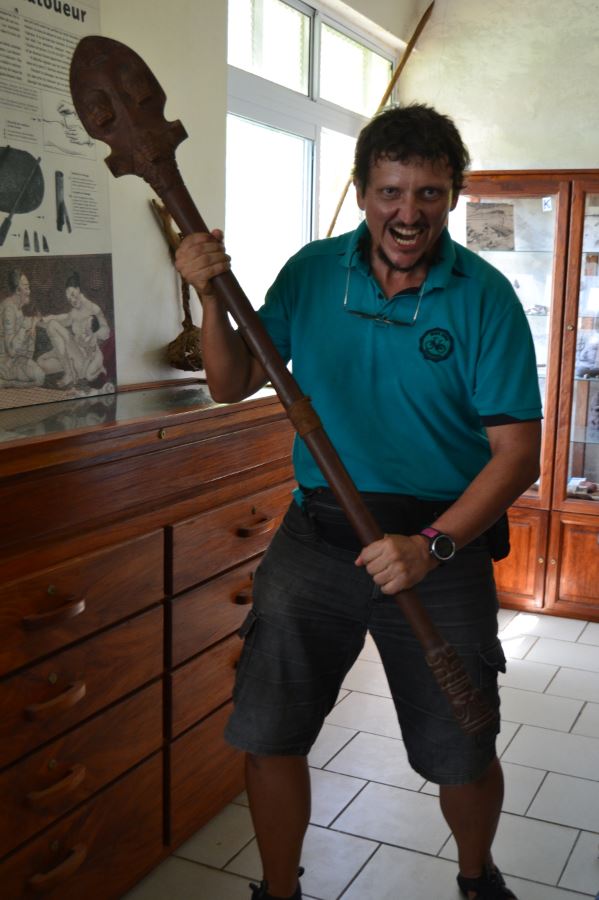
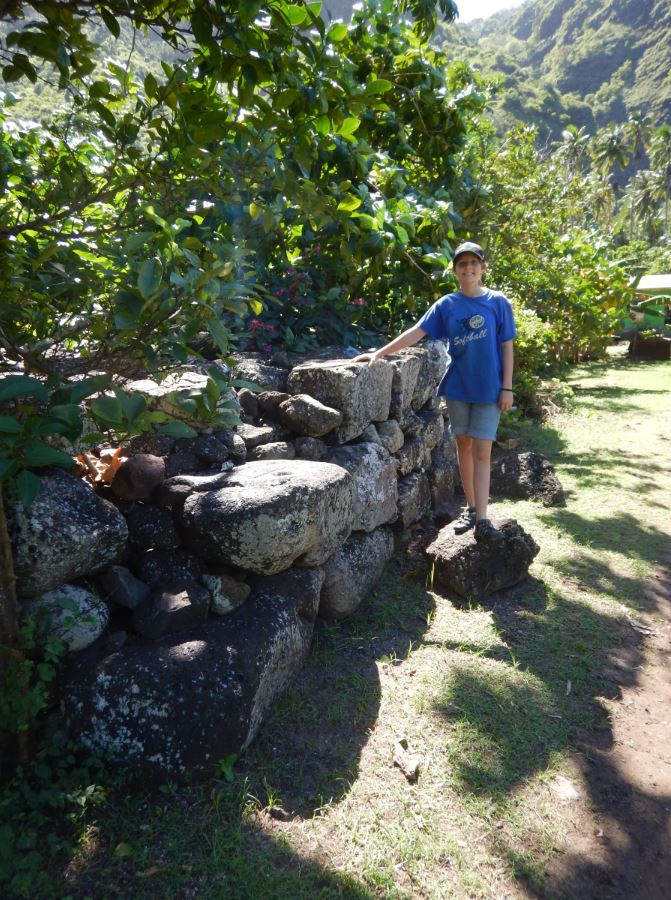
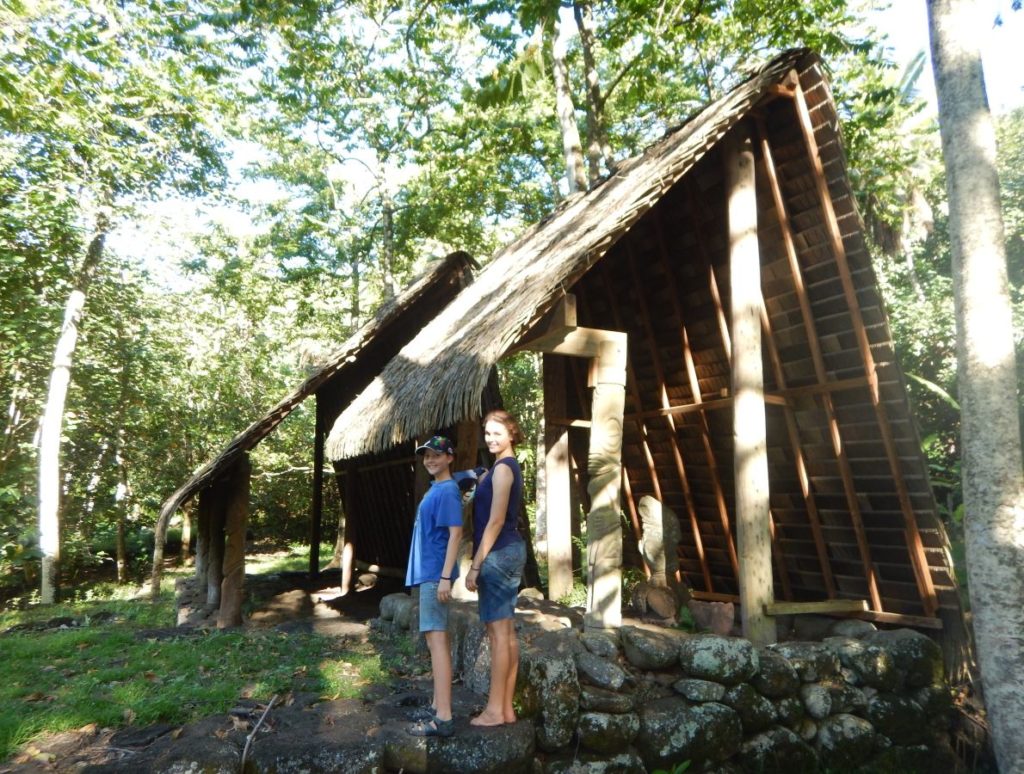

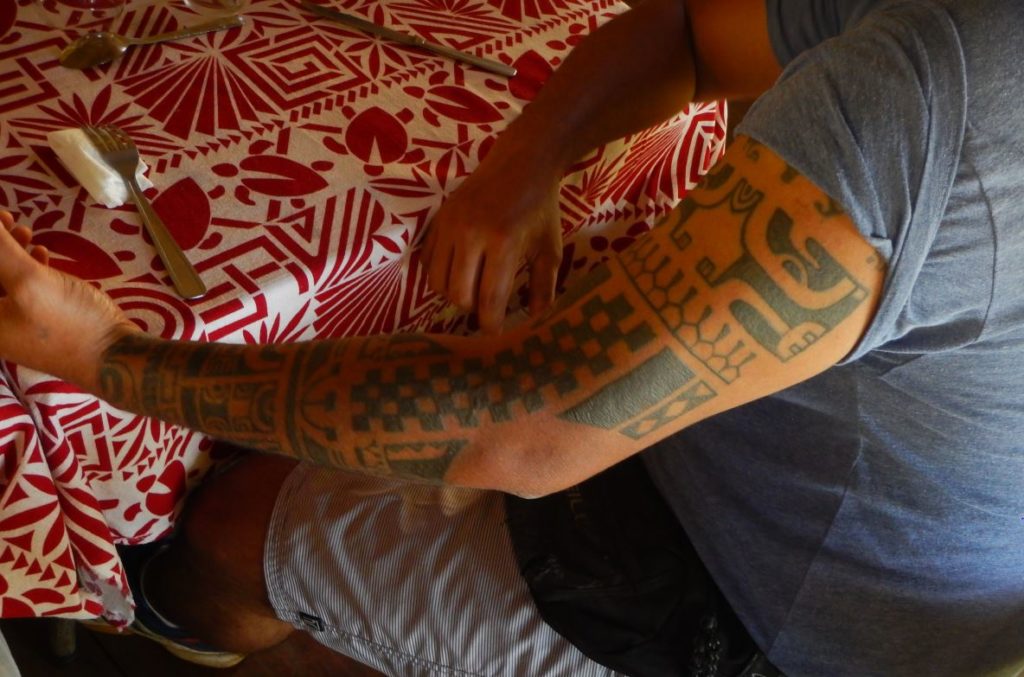
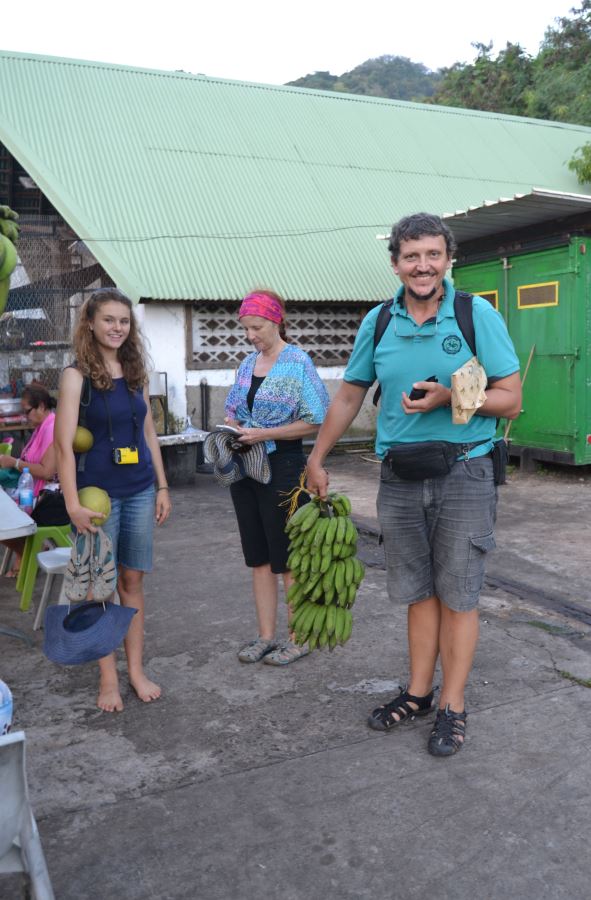
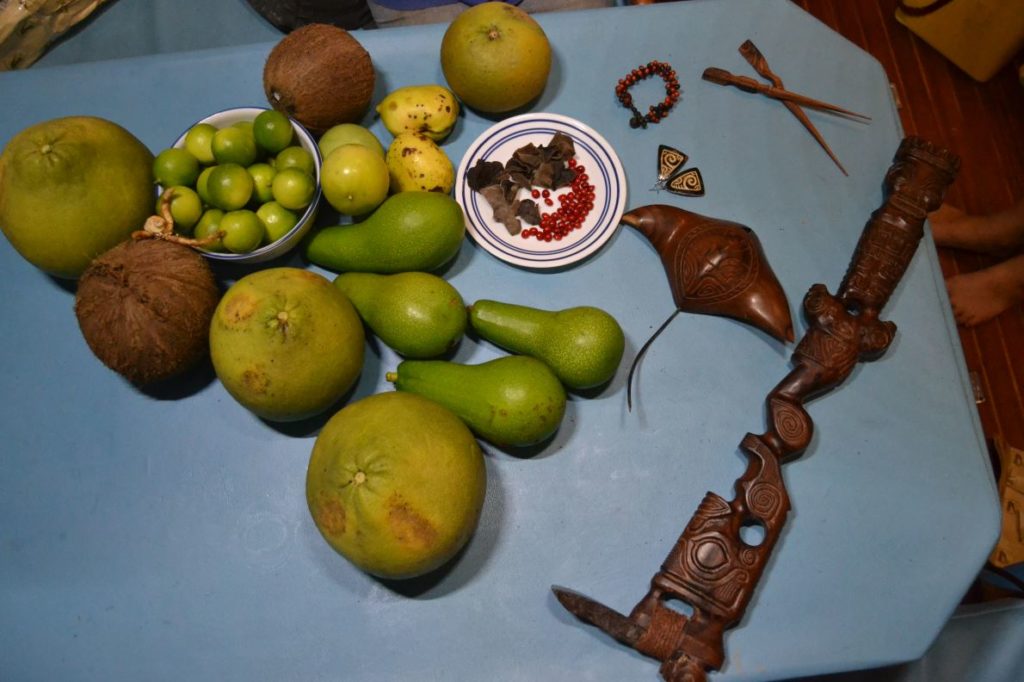

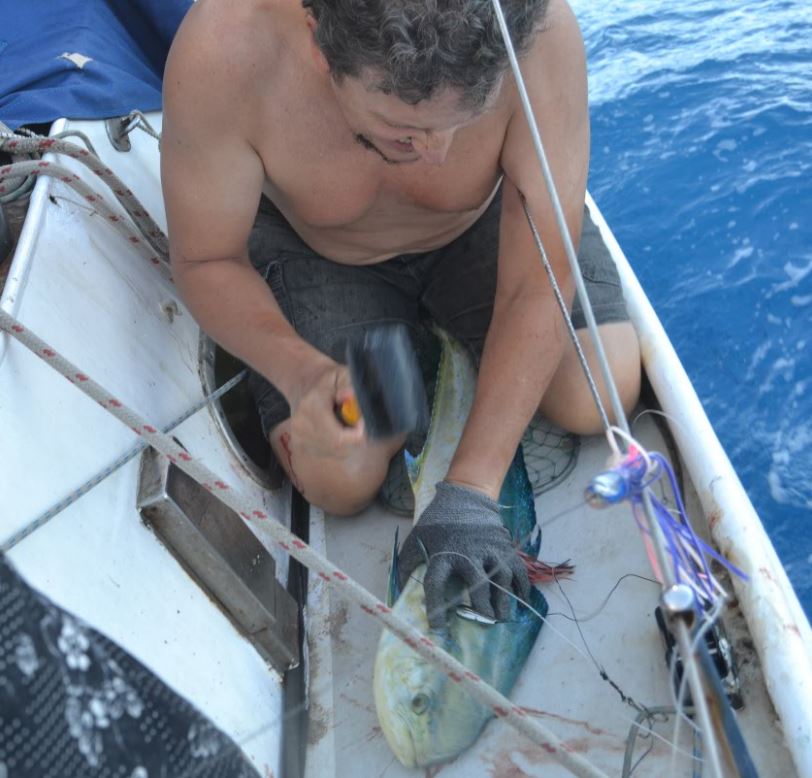
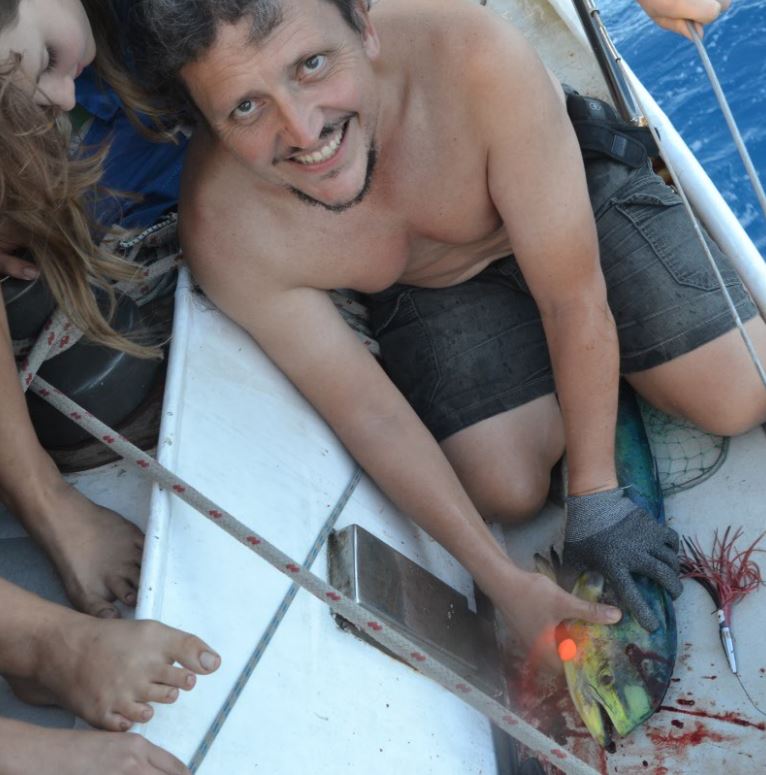






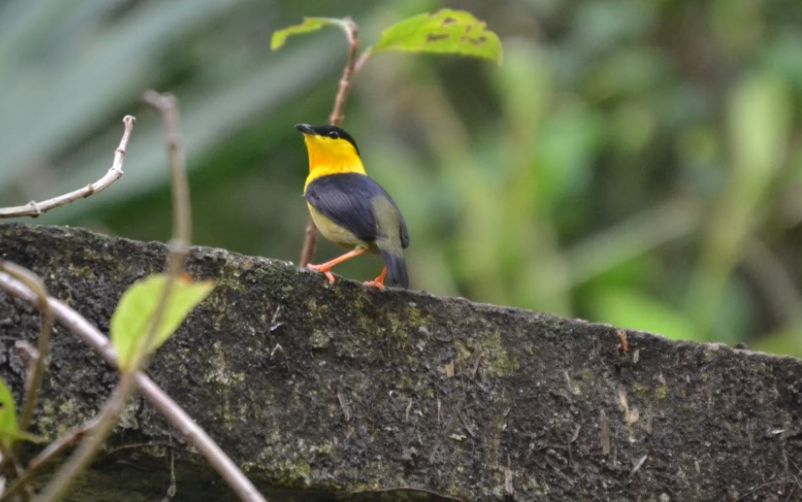
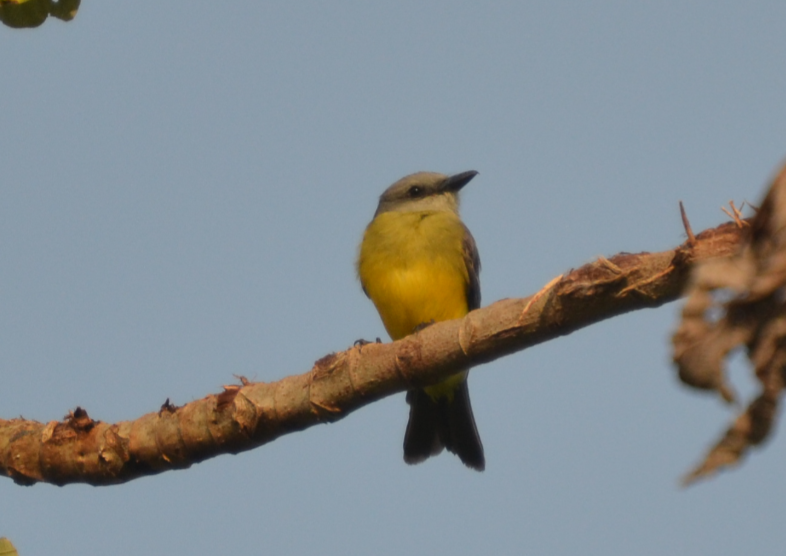
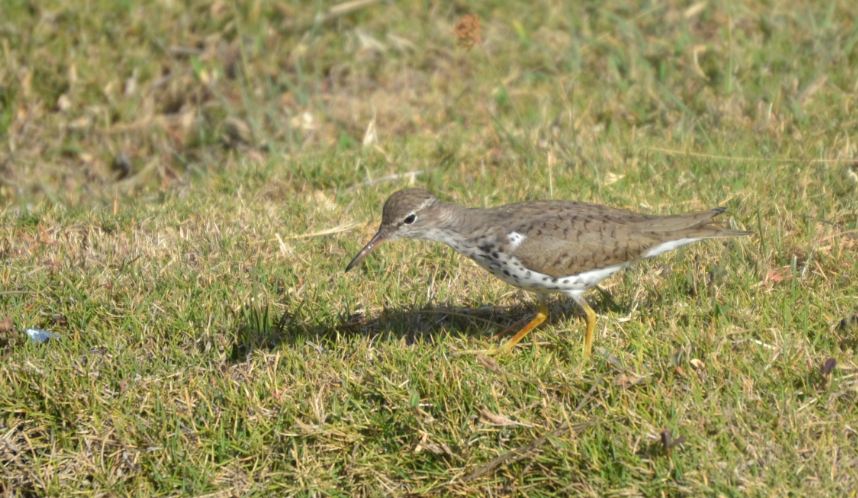
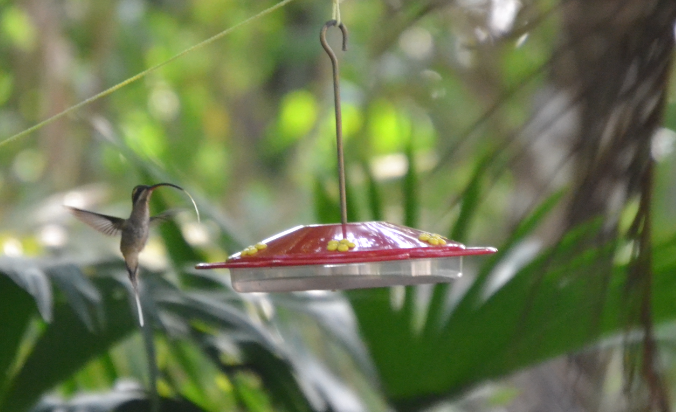
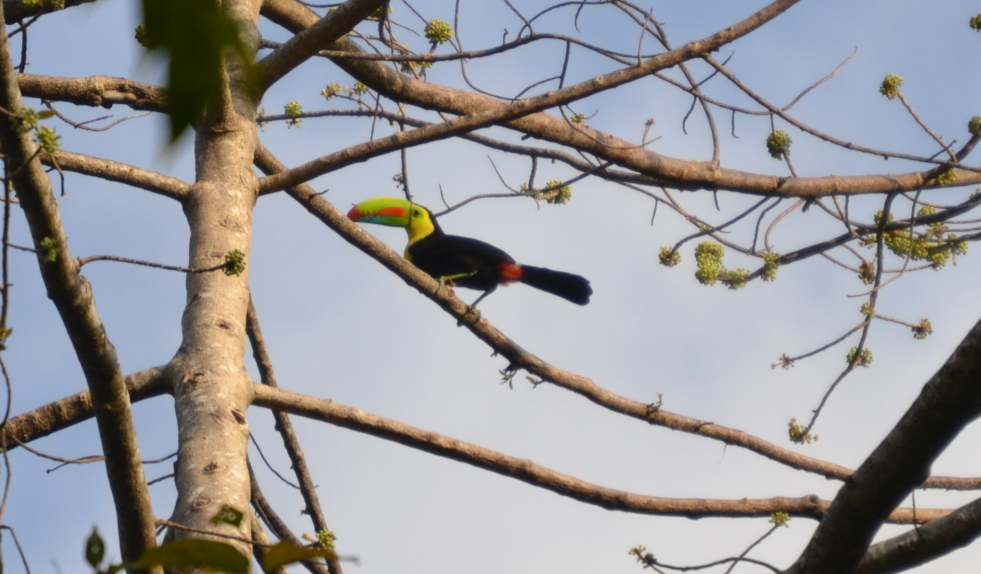
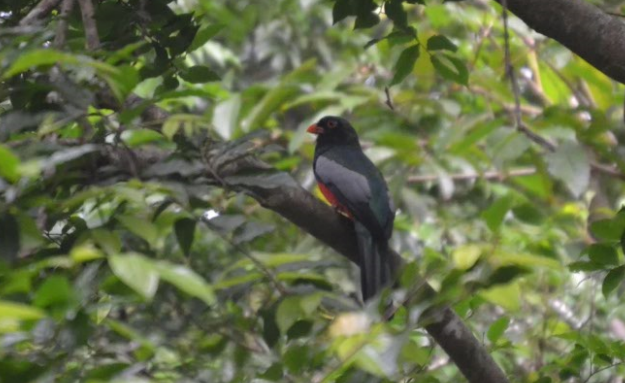
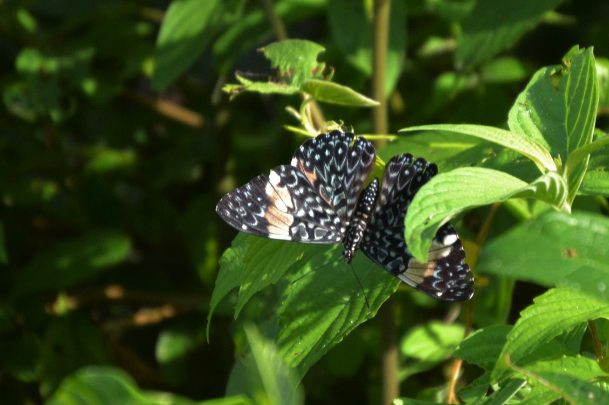
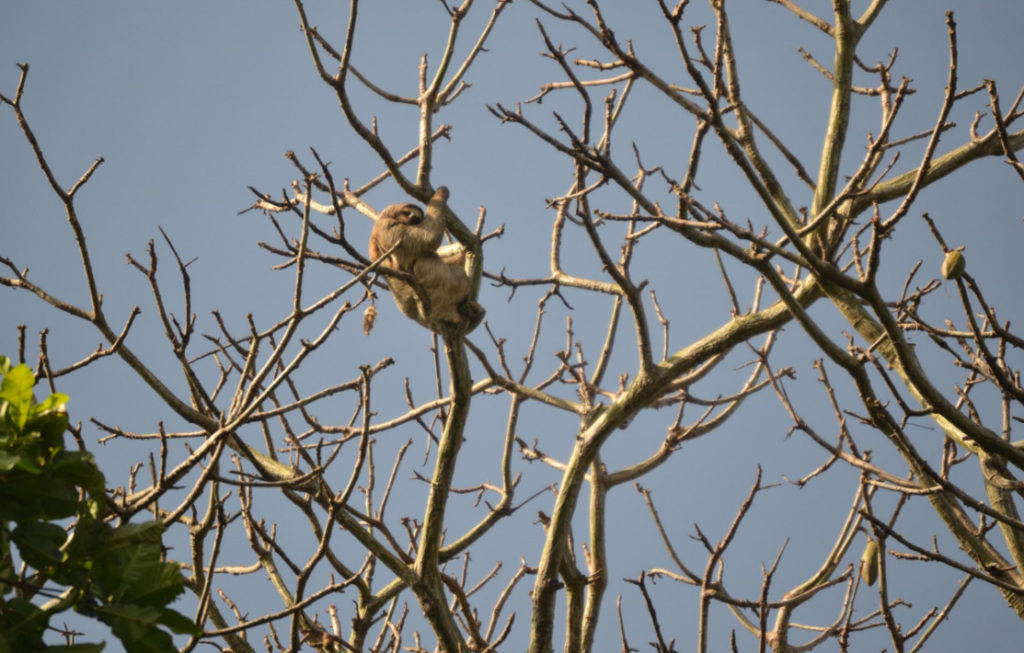
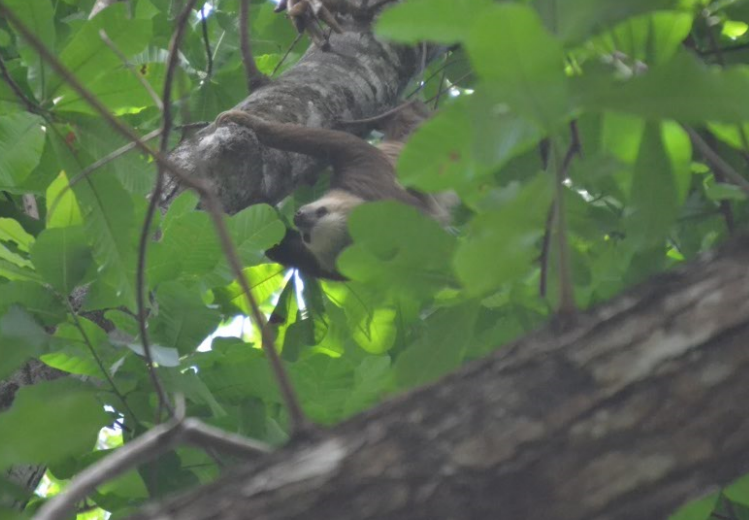
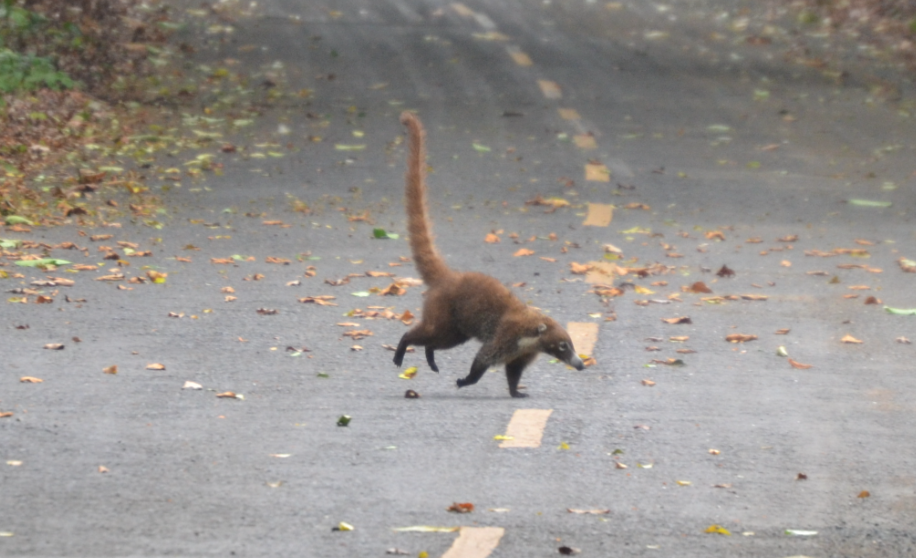
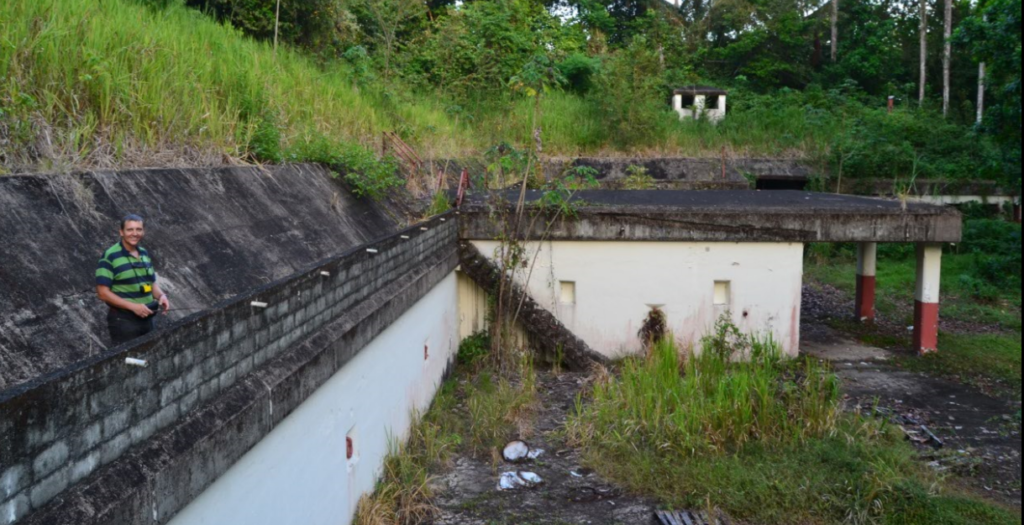
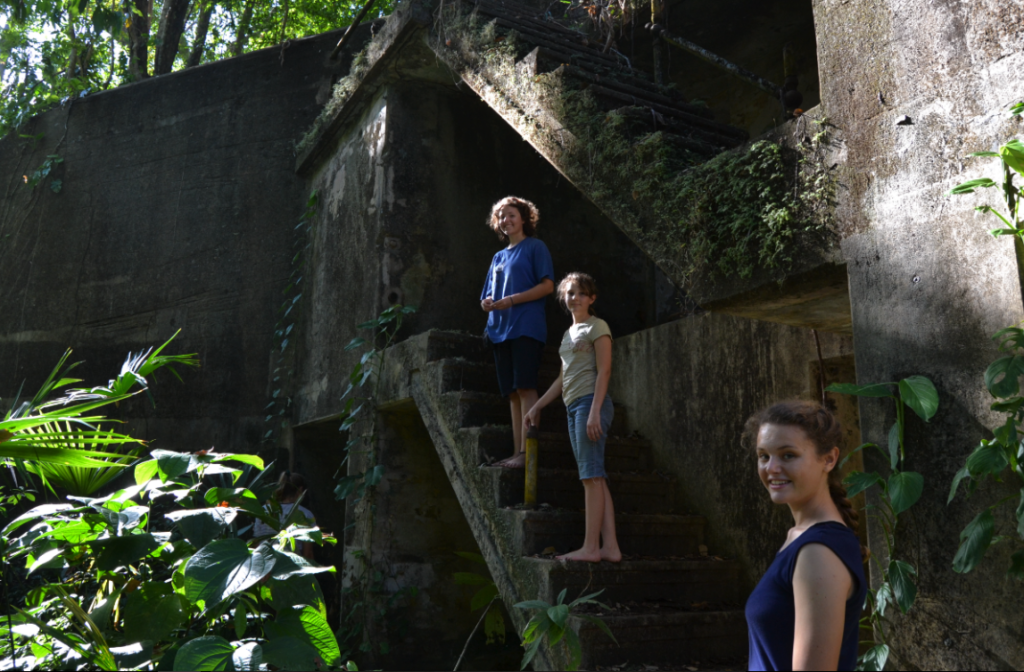
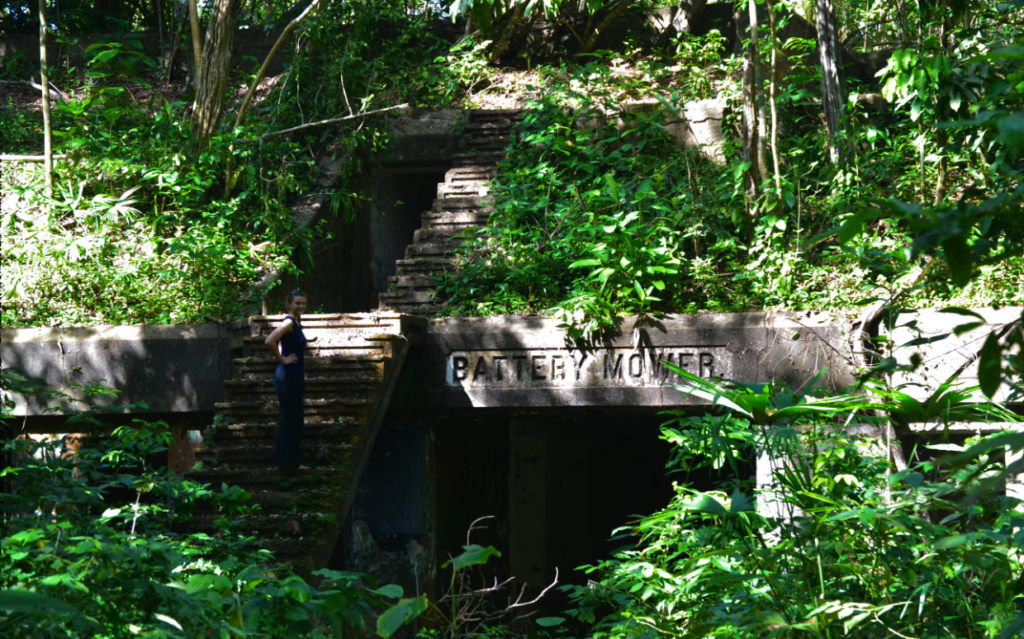
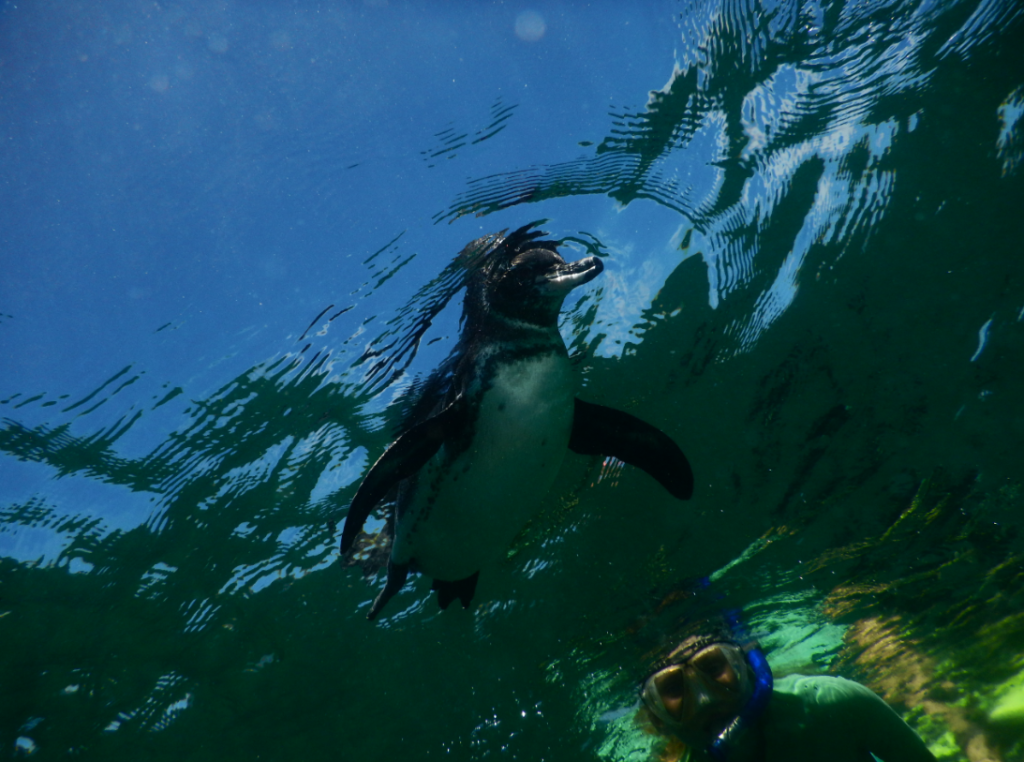
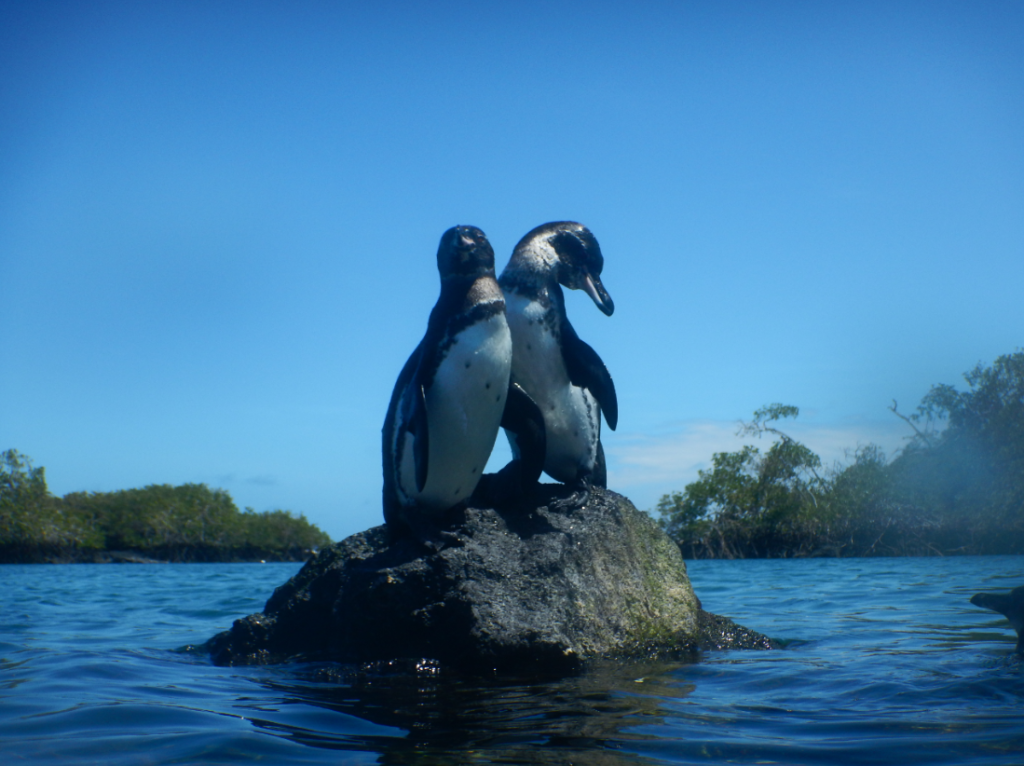
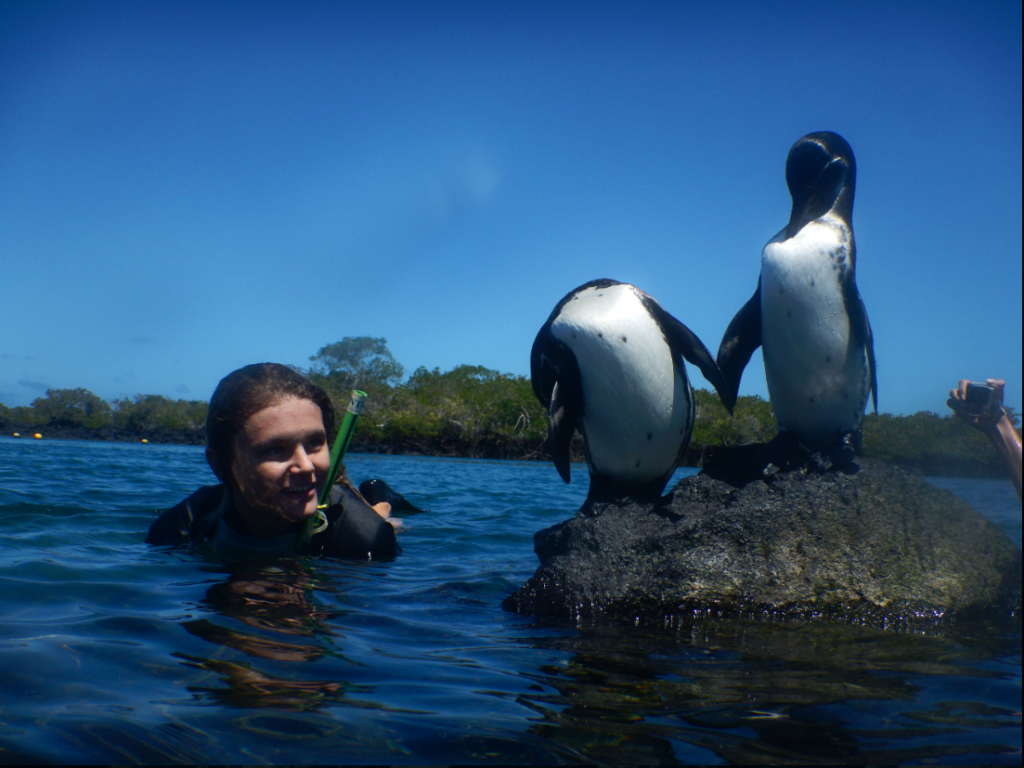
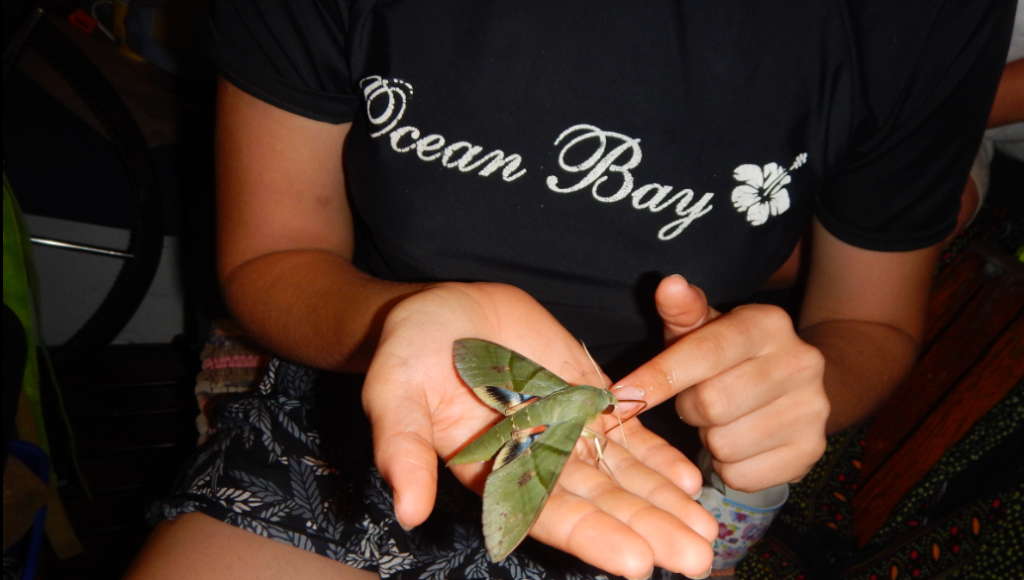
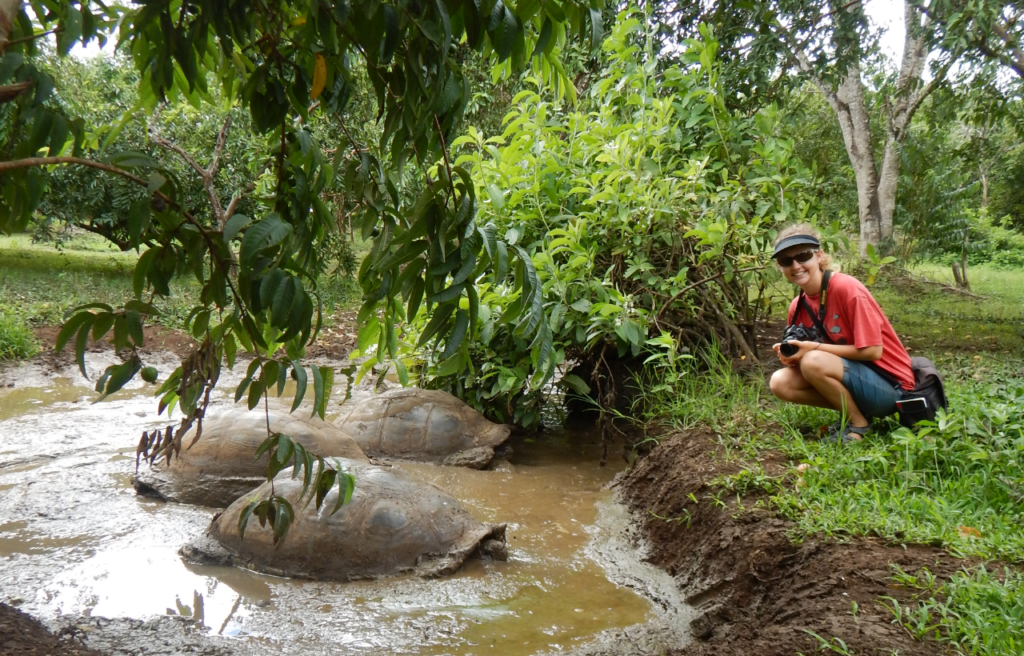
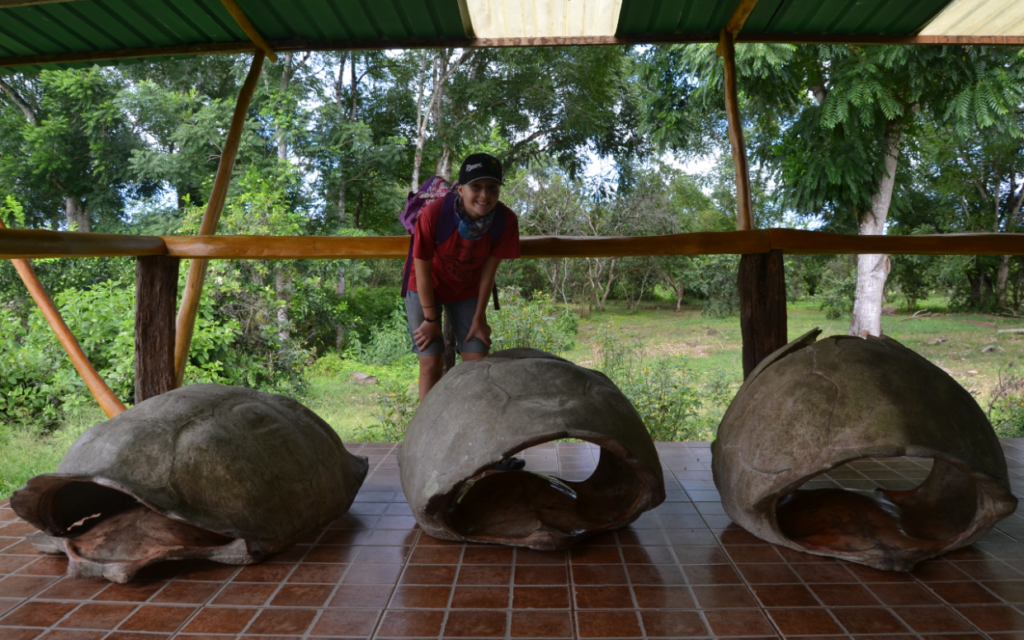
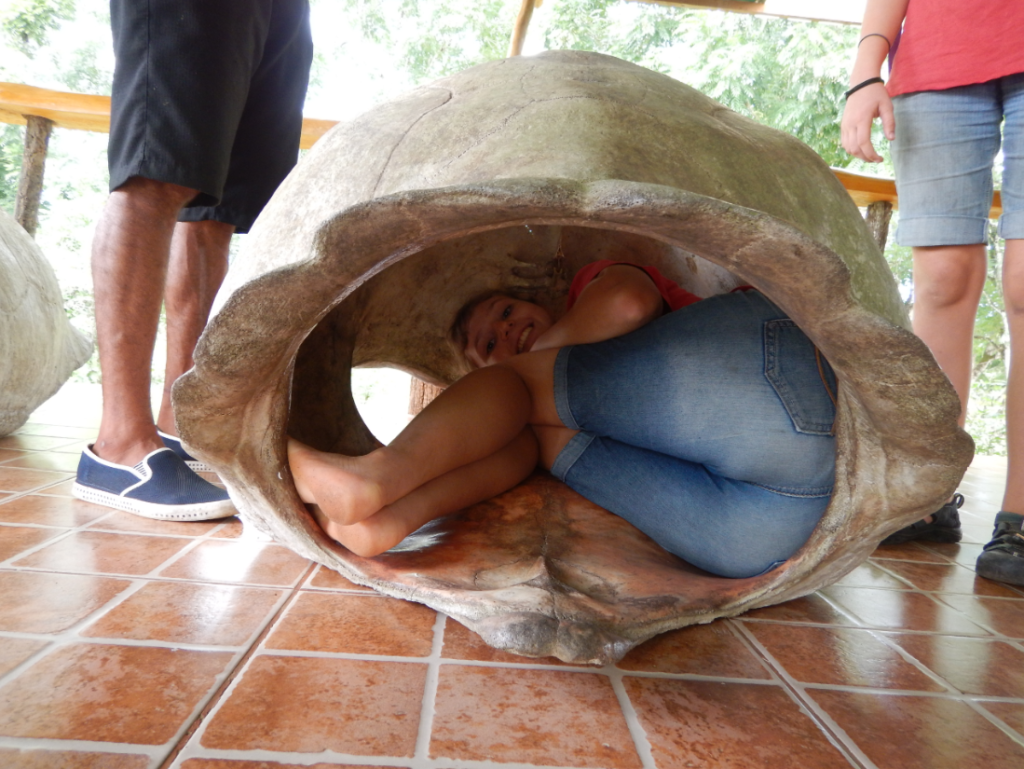
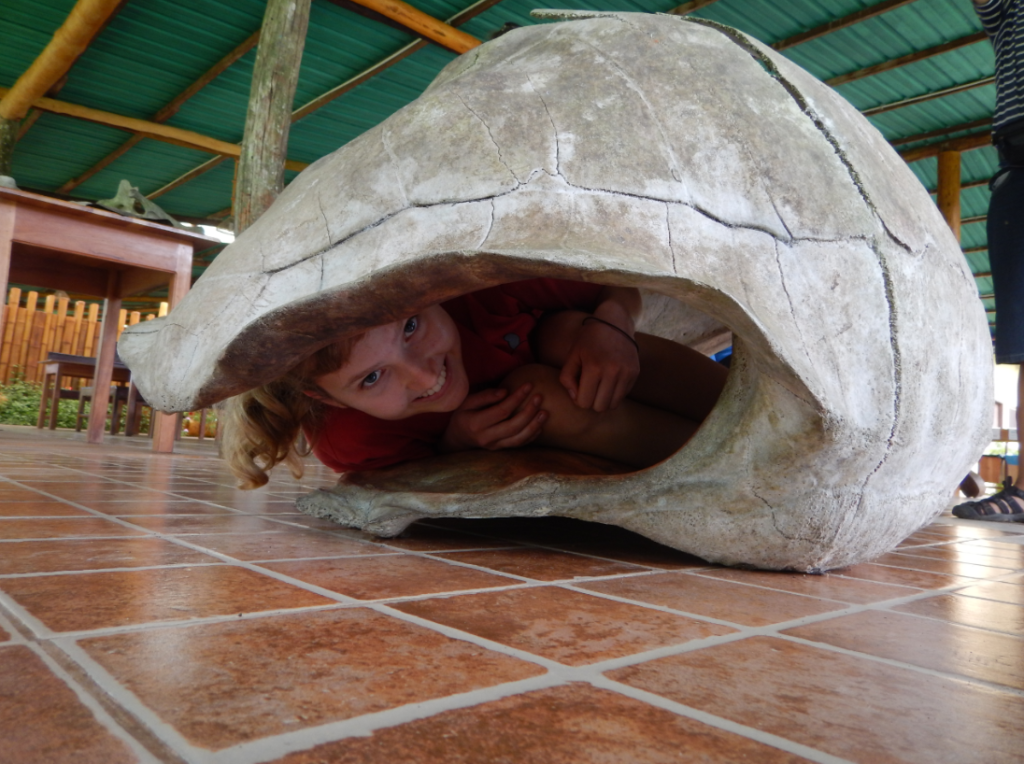

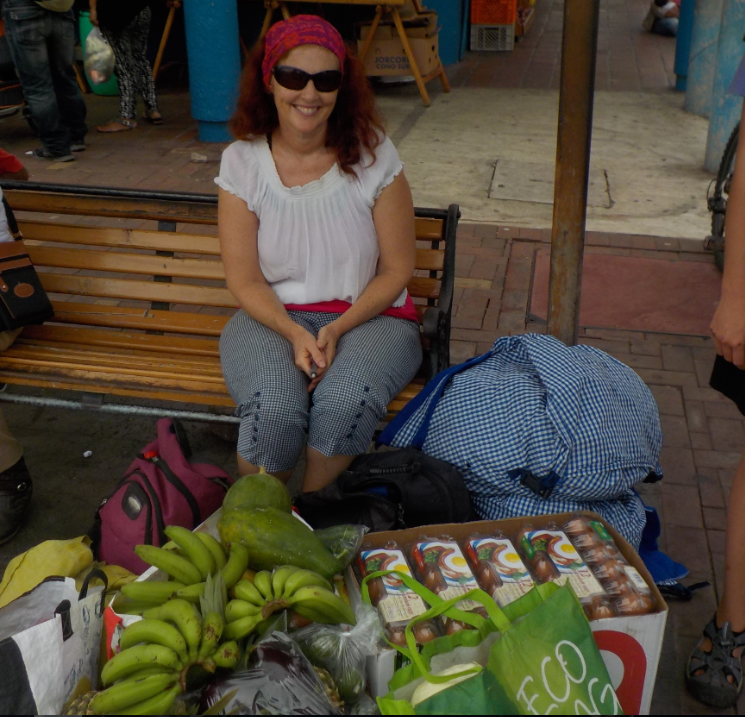
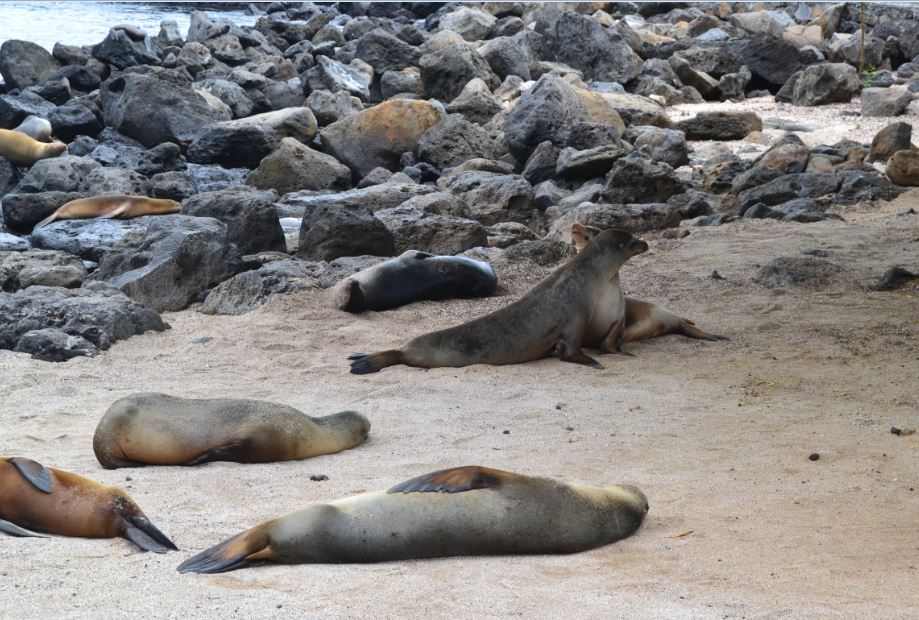
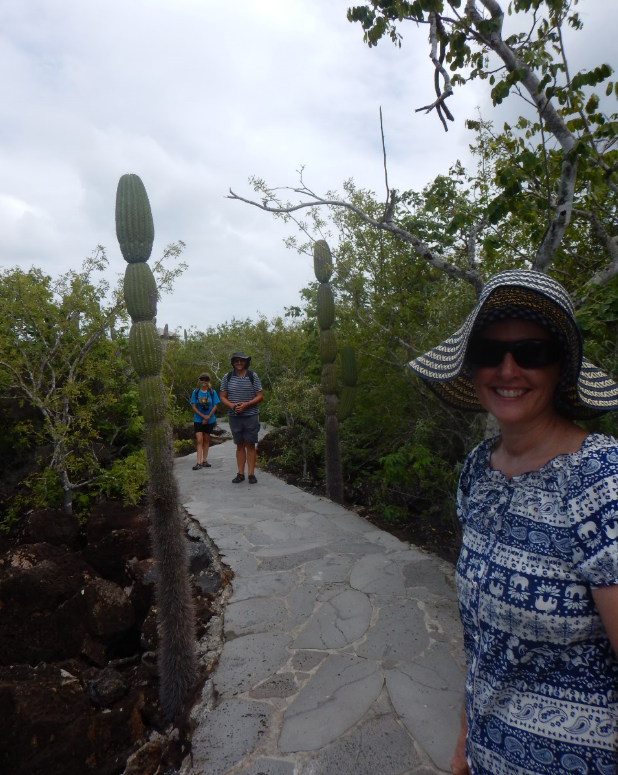
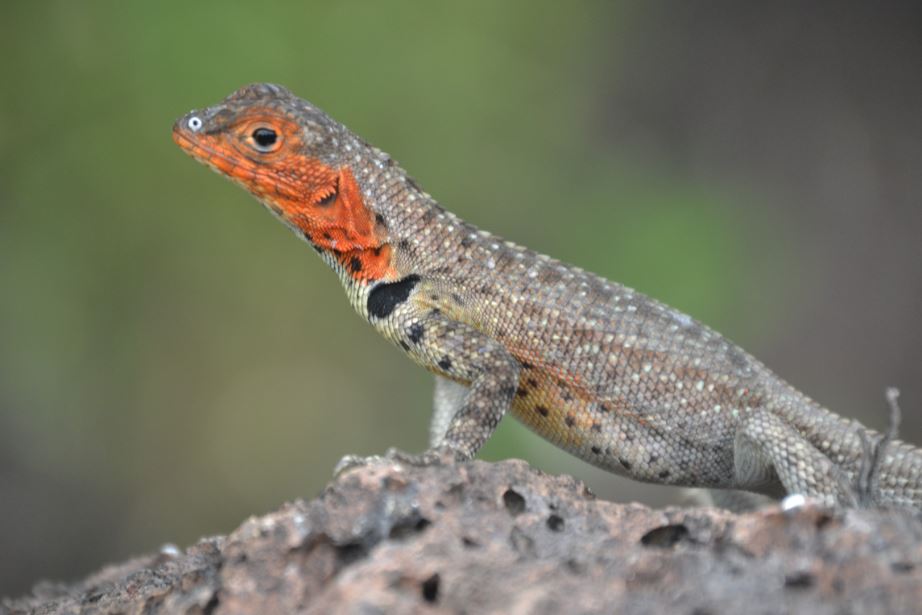

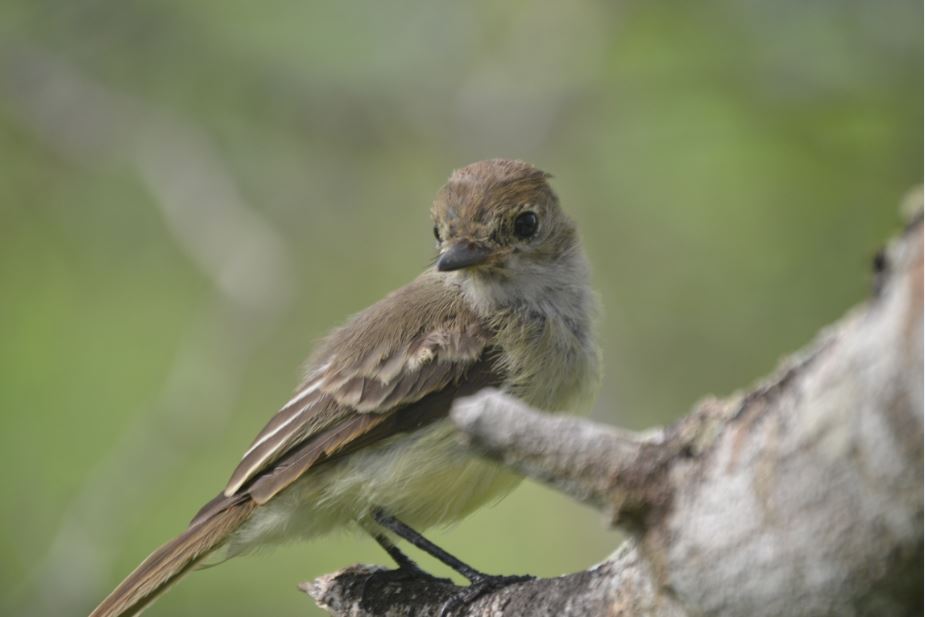

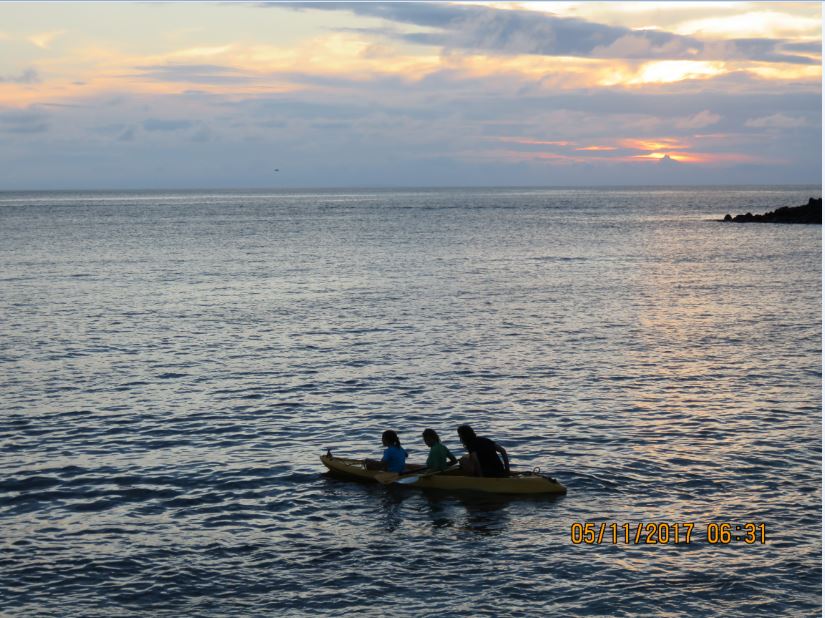


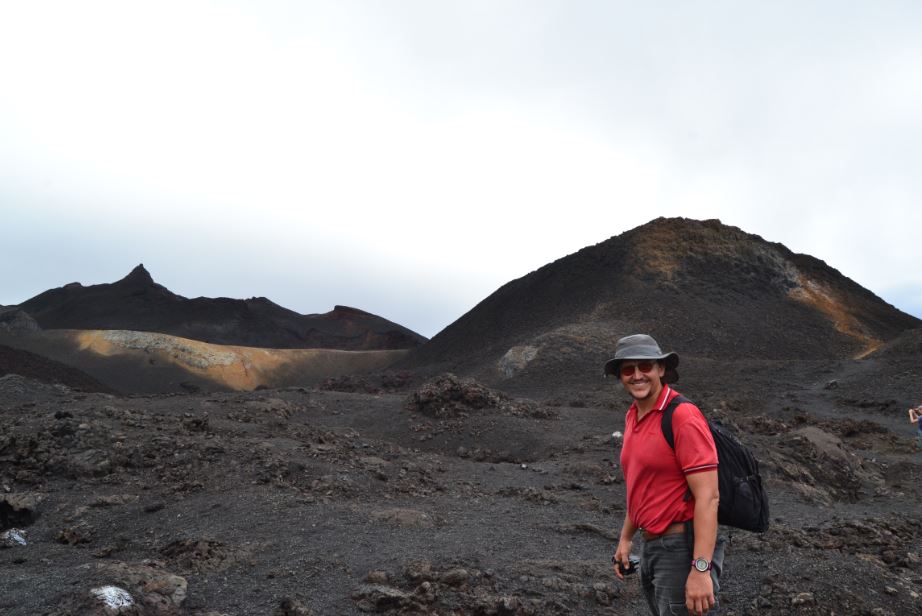
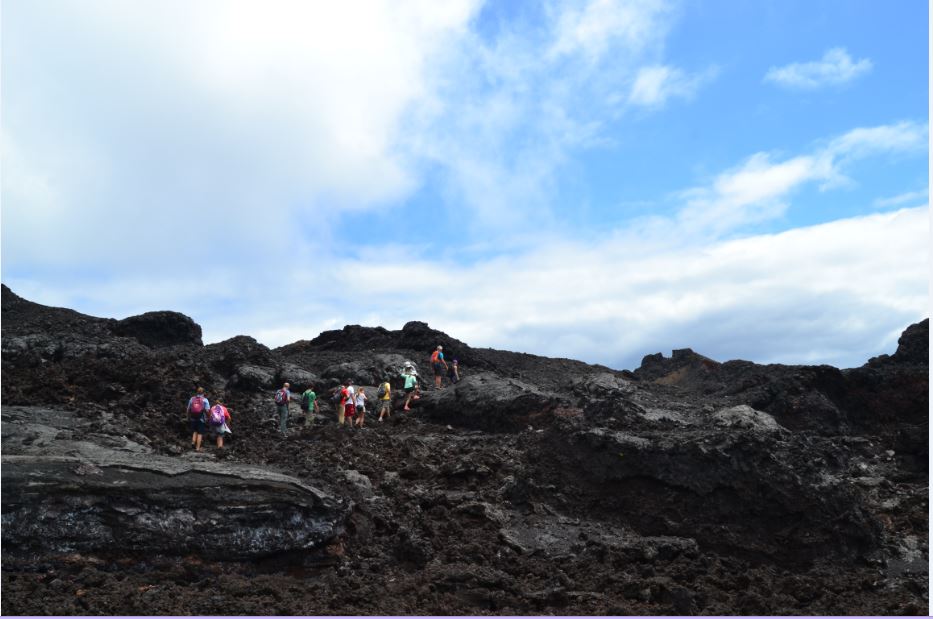
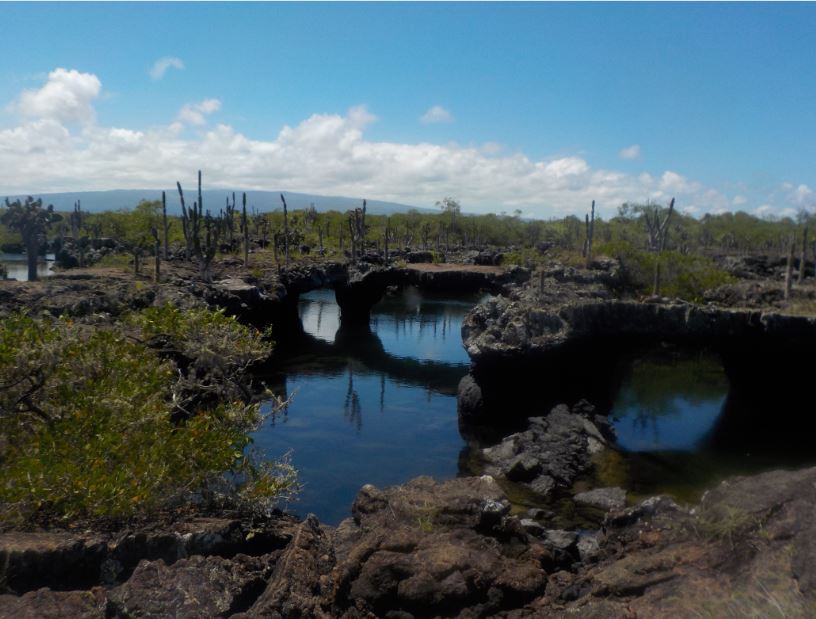
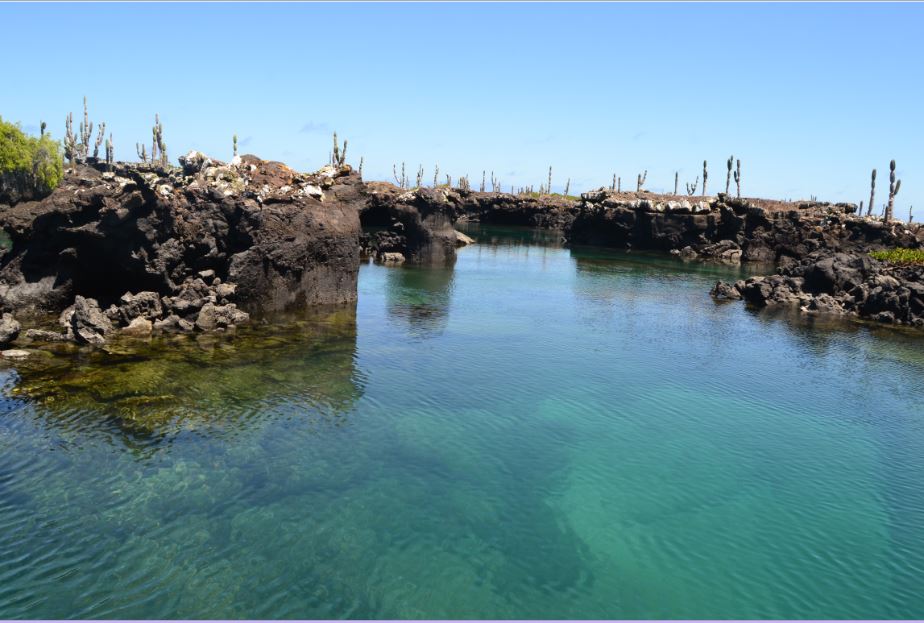

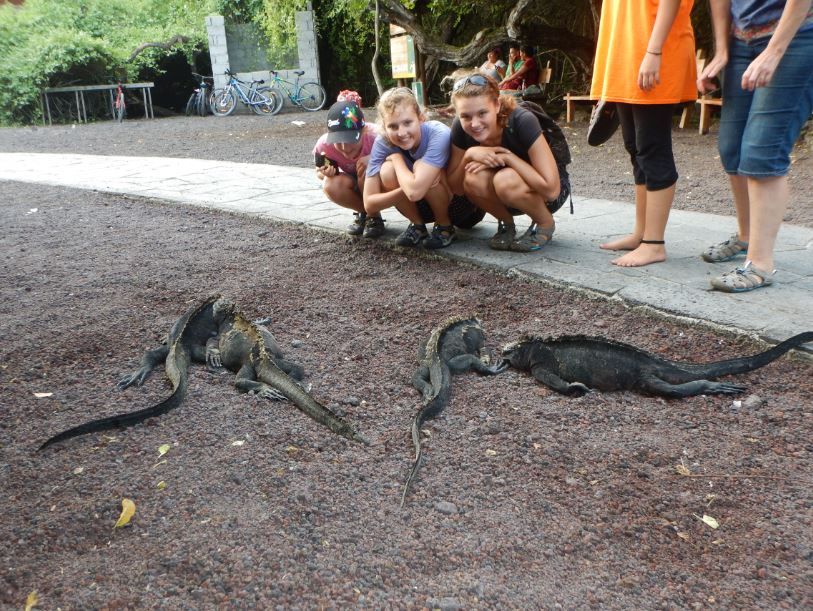
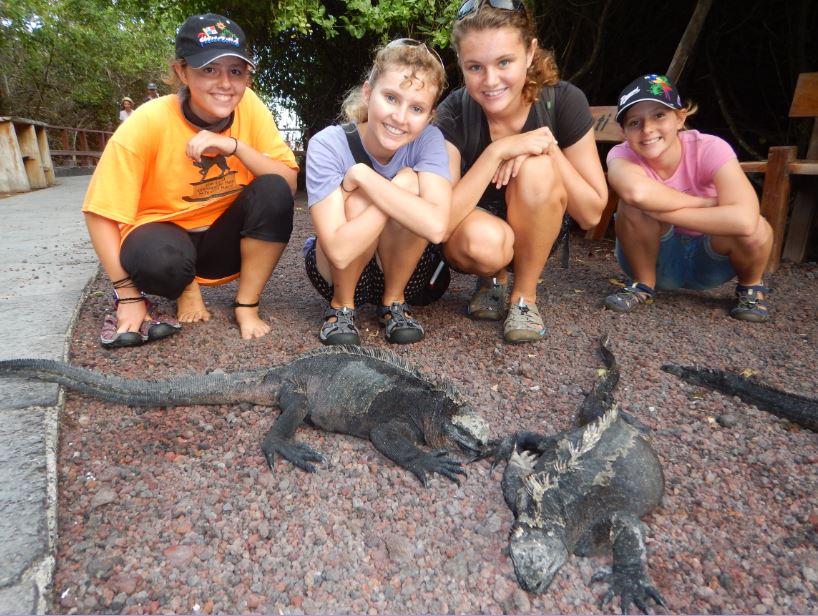

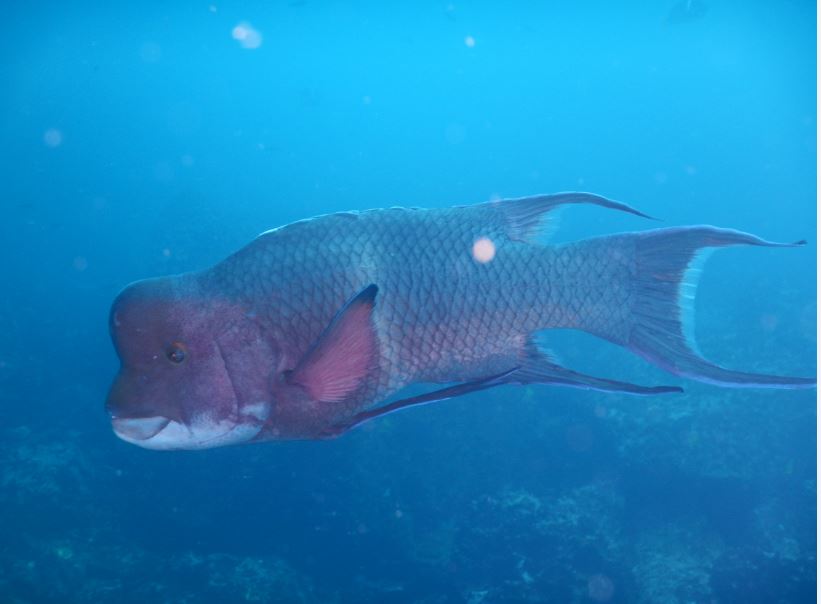
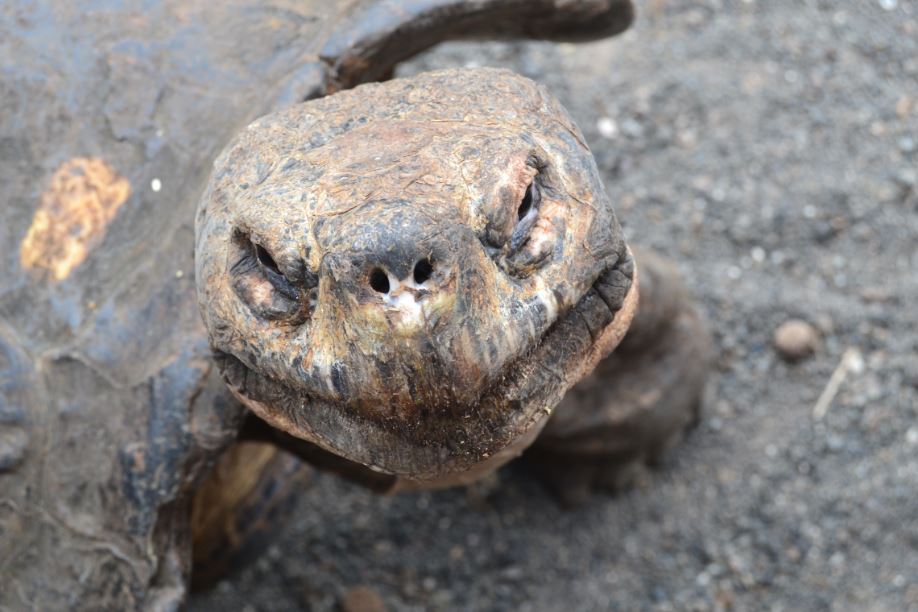
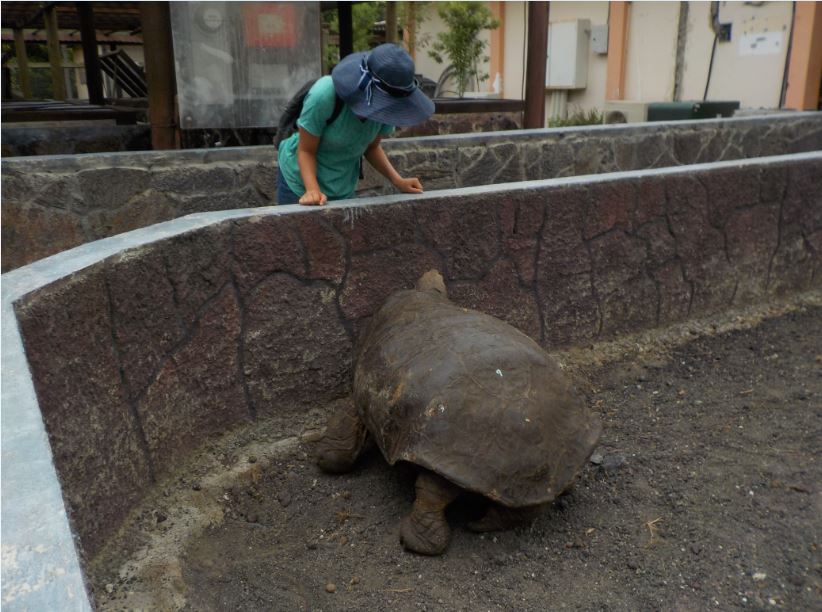
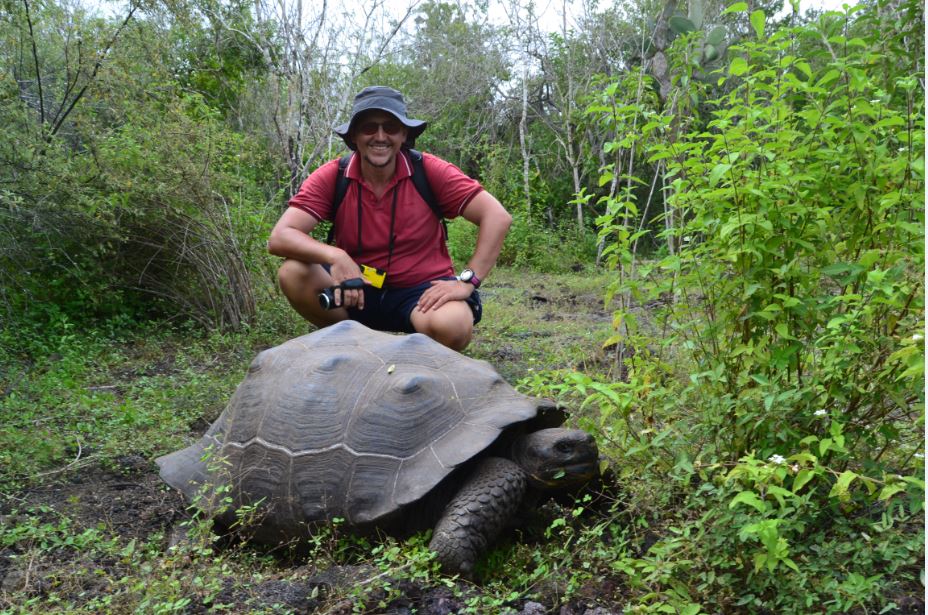
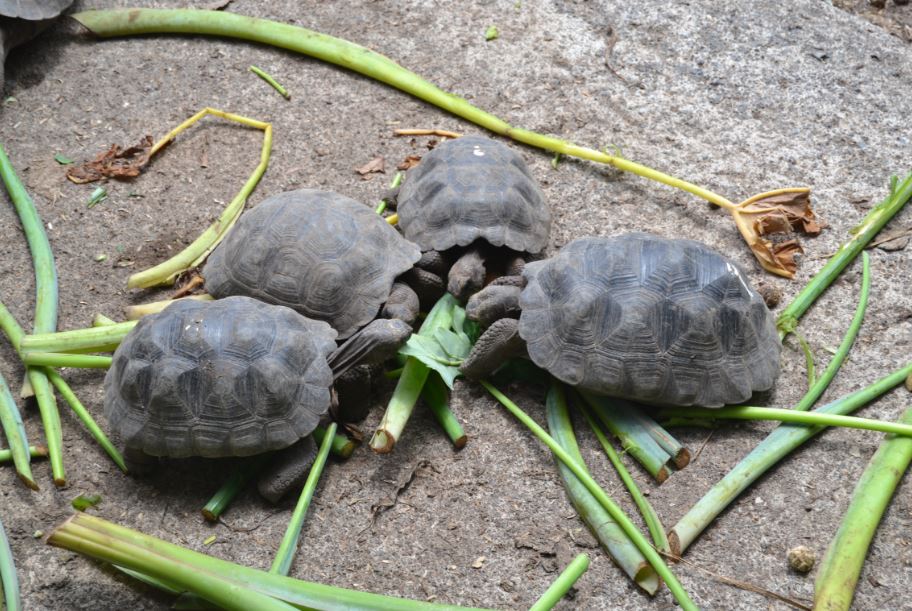
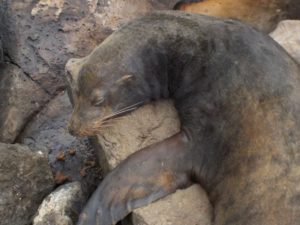


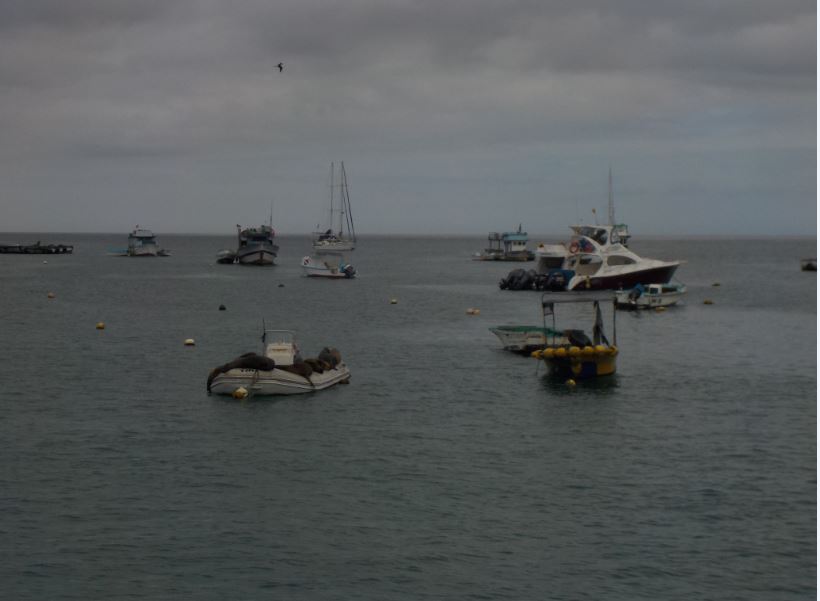
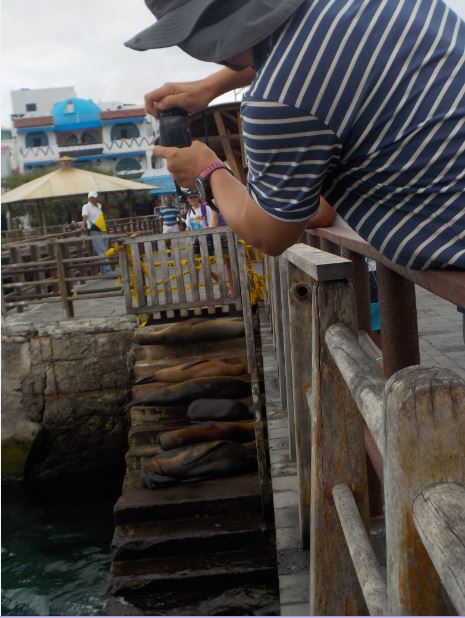
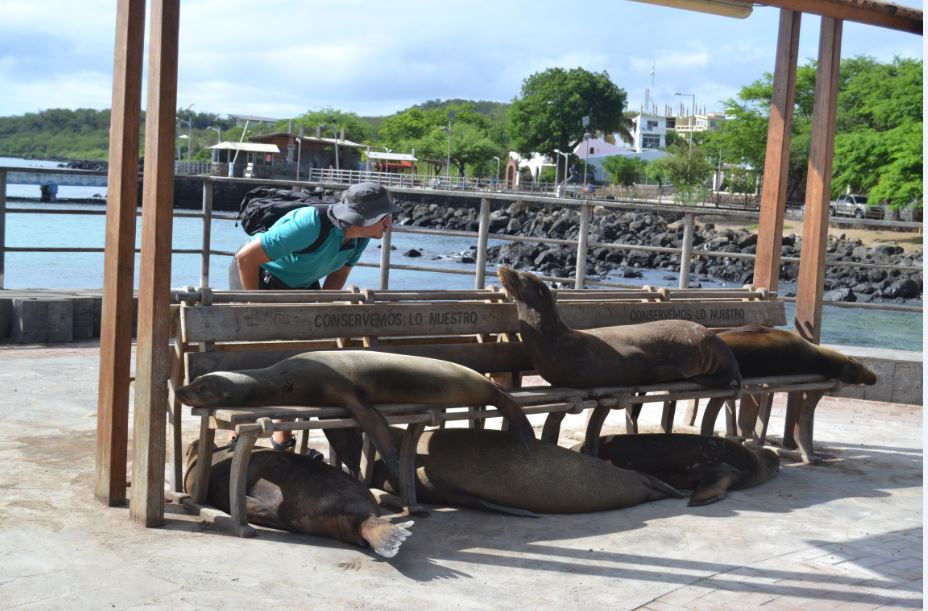
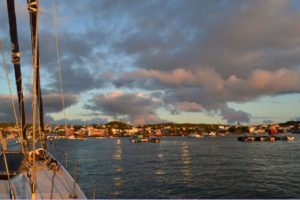
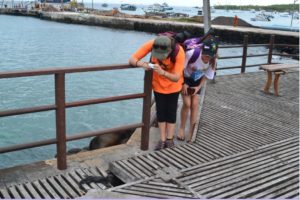
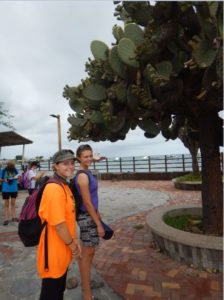









Recent Comments